LG OLED B4 is an exceptionally versatile device in the semi-premium category. For how else could one describe an OLED television that is so well-priced, and whose price, as history shows, will quickly fall? Ideal blacks and contrast are two things that inevitably mesmerise, and we are certain that anyone who has owned a device with this panel will not be able to return to LCD units. The brightness results of the television in HDR content may seem rather low; however, in this case, thanks to this particular panel, they will appear optically much higher. It is worth noting their stability and uniformity in practically every scene. In this case, a minor downside is the brightness of a full-frame shot filled with a large amount of white. However, we do not believe this to be a serious problem, as there are not many such instances anyway. The factory colour reproduction also deserves praise, which in our specimen is very decent, but one cannot help but remember how beneficial calibration has been for the image, allowing the director's intentions to be conveyed fully. LG B4 will be an excellent choice for all kinds of gamers, as well as sports enthusiasts. The former will certainly appreciate the rich support in the form of all the conveniences stemming from the HDMI 2.1 standard. Meanwhile, the latter will benefit from the advanced motion smoothing with multi-step adjustments. And lastly, one cannot overlook the convenience provided by the remote control with a built-in gyroscope, allowing it to function like a mouse. The WebOS system, which we will navigate, is extremely smooth and responsive. It offers a multitude of applications, which will be more than sufficient for the vast majority of users. The heart of the LG B4 television is the advanced Alpha processor, responsible for the smoothness of the image and advanced signal analysis. In summary: who is the LG OLED B4 for? It is the perfect device for those expecting the highest possible image quality within a given budget, but not only that. The LG B4 stands out significantly above its competition at this price point, which cannot offer such high-quality images.
- Matching (Score)
- Our verdict
- TV appearance
- Where to buy
- Contrast and black detail
- HDR effect quality
- Factory color reproduction
- Color reproduction after calibration
- Smoothness of tonal transitions
- Image scaling and smoothness of tonal transitions
- Blur and motion smoothness
- Console compatibility and gaming features
- Input lag
- Compatibility with PC
- Viewing angles
- TV efficiency during daytime
- Details about the matrix
- TV features
- Apps
- Playing files from USB
- Sound
LG 55 B4 vs Samsung QN80F
Direct compare
B46 / B42 / B43
QN80F

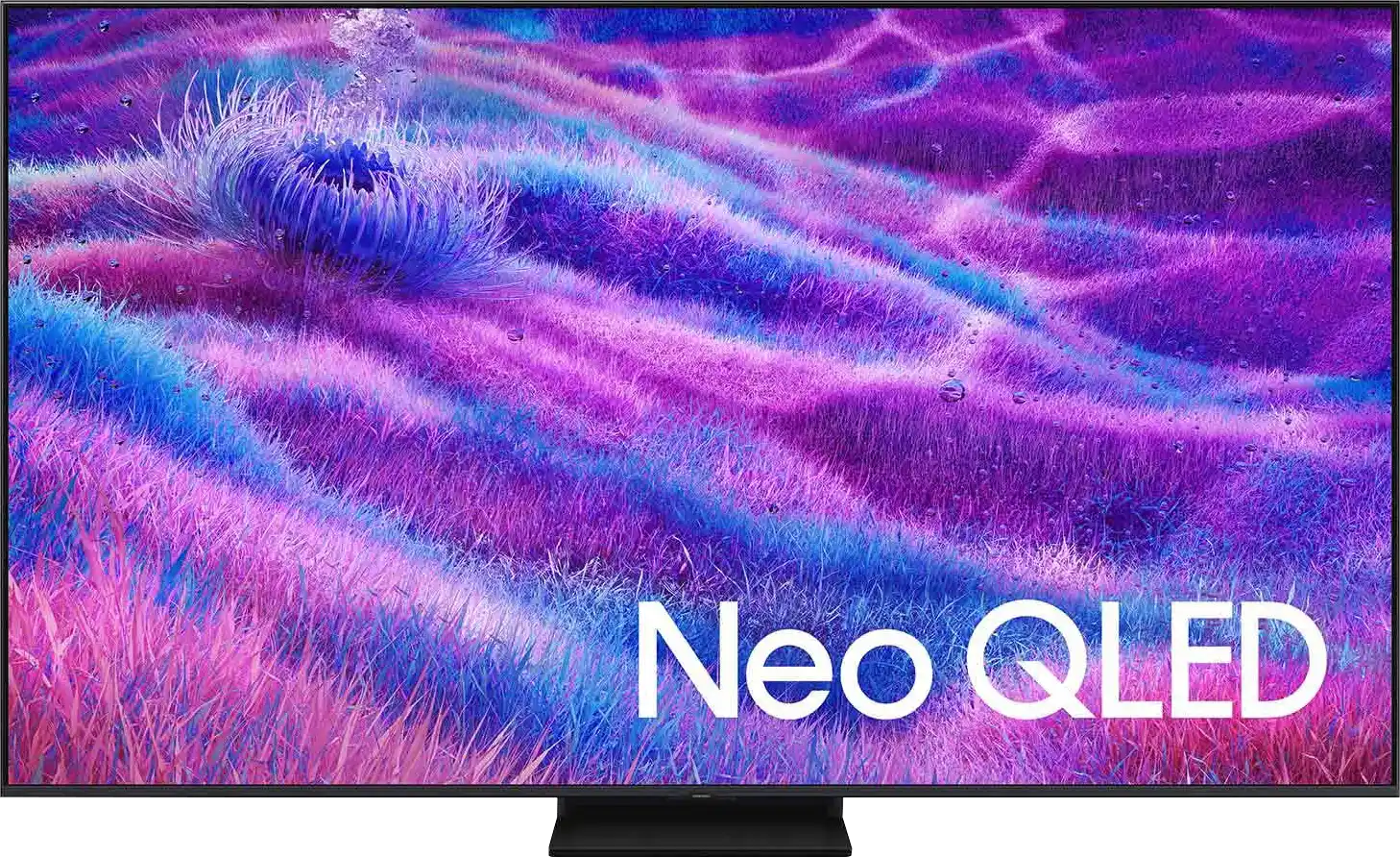
Panel type: WRGB OLED
Resolution: 3840x2160
System: WebOS
Model year: 2024
Complete the survey to find out the result

Panel type: LCD VA
Resolution: 3840x2160
System: Tizen
Model year: 2025
Complete the survey to find out the result

Overall rating
8.1
7.3
Movies and series in UHD quality
8.1
6.9
Classic TV, YouTube
8.8
6.8
Sports broadcasts (TV and apps)
8.6
6.7
Gaming on console
9.3
8.5
TV as a computer monitor
7.6
8.8
Watching in bright light
5.7
6.6
Utility functions
9.0
7.5
Apps
8.7
8.7
Sound quality
7.1
6.7
Complete the survey to find out what fits your preferences
Advantages
Reference colour mapping after calibration
Very good image compliance with the director's intentions
Excellent compatibility with consoles and PCs
Advanced motion smoothing system
Deep and vivid image
Advanced WebOs system and "mouse" remote control
Impressive blacks and contrast - VA panel combined with MINI-LED backlighting.
Great brightness - up to 1000 nits in HDR
Fast and responsive panel - 144 Hz
Rich support for gamers - 4xHDMI 2.1, VRR, ALLM, GameBar, Game Motion Plus
Very good usability in daylight
Advanced Tizen operating system
Simple operation
PiP function
Disadvantages
Visible tonal transitions
No support for DTS format – a limitation when connecting a home cinema
No recording function to USB
Relatively few dimming zones
Issues with the HGiG function (for gamers) – the update removed this option*
Our verdict
The QN80F is the first "eighty" from Samsung to enter the series of televisions with Mini LED backlighting. And it does this very well. Although the number of dimming zones isn't particularly impressive, the quality of black levels is solid, and combined with high brightness, it allows for a very decent picture in HDR content. Additionally, there's a 144Hz panel that ensures excellent motion fluidity, and the set of gaming features – VRR, ALLM, Game Motion Plus – makes the QN80F a model practically designed for those gaming on consoles or PC. The television operates quickly and responsively, and the Tizen system runs like lightning – whether you're searching for apps or switching sources. Is there anything to criticise? Of course, as always – there are shortcomings in the system (like USB recording), there's no DTS support, and Mini LED isn't without its limitations. But the QN80F is a fantastic television for everyday use – versatile, refined, and... with great pricing potential. Because looking at the history of this series, we can expect that this "eighty" will mix things up significantly once it hits the first sensible promotions. At that point, it could be virtually unmatched in its price range – especially if Samsung resolves the minor teething issues.
TV appearance




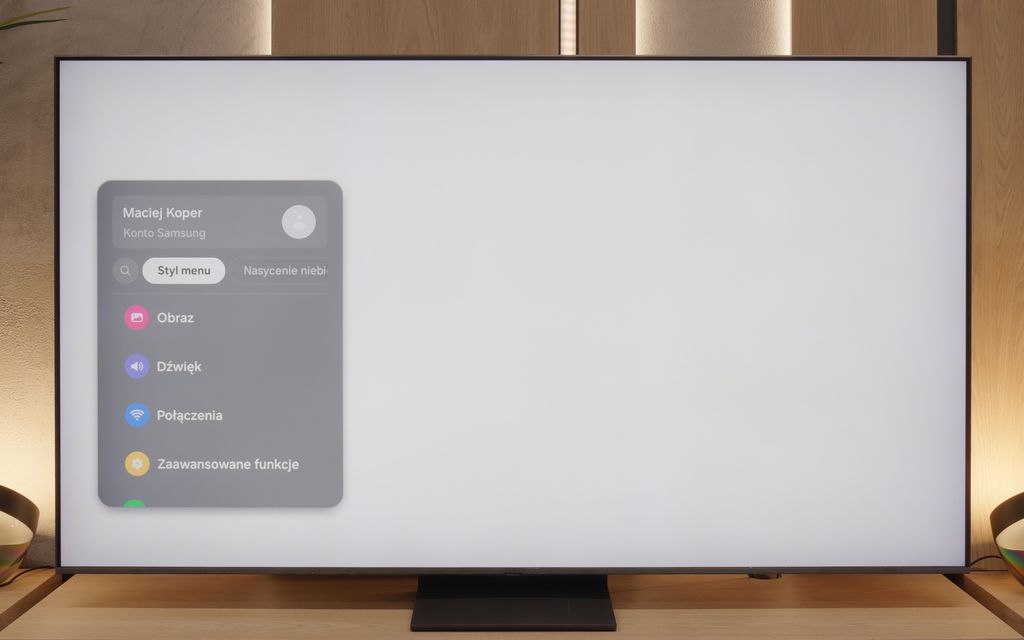
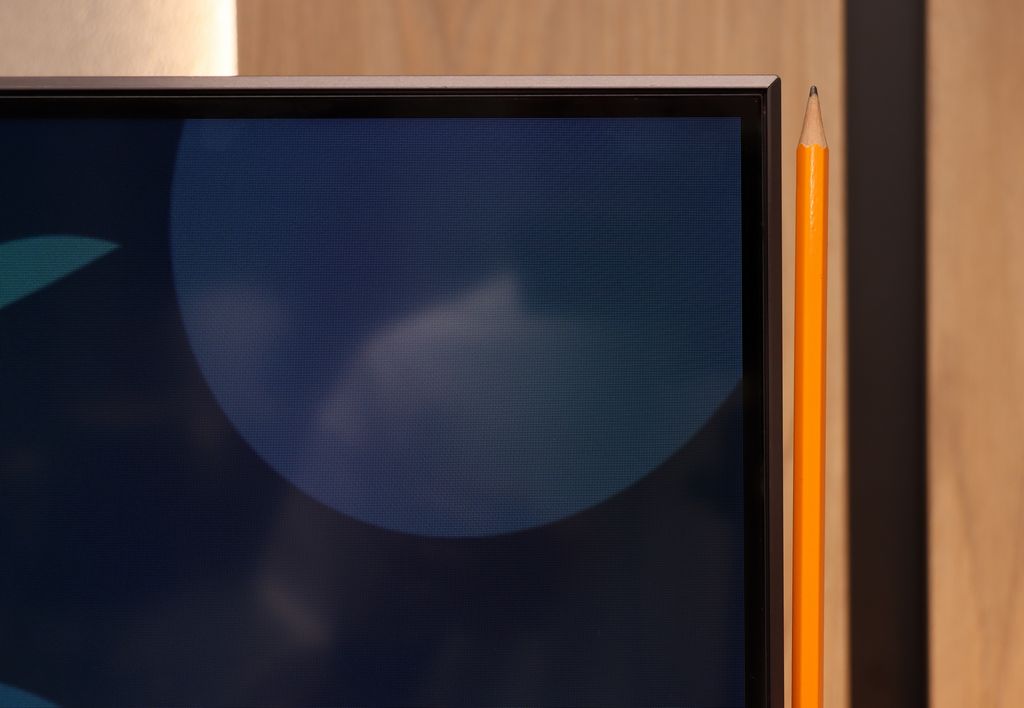
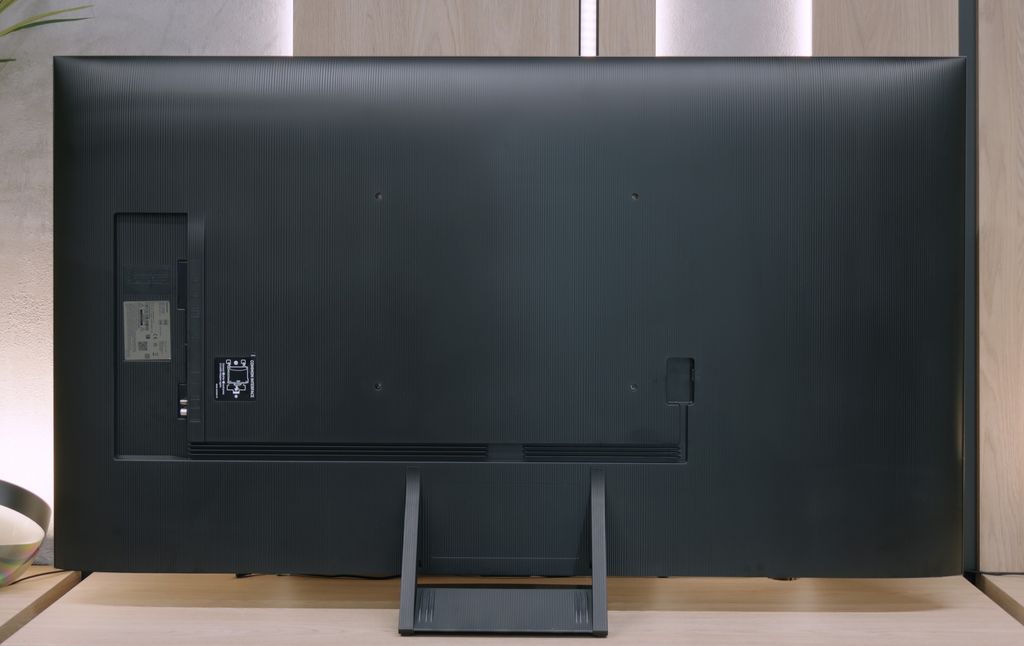

Contrast and black detail
10/10
6.8/10
Local dimming function: Yes, number of zones: 88 (8 x 11)
Contrast:

Result
∞:1

Result
∞:1

Result
∞:1

Result
∞:1

Result
∞:1

Result
34,100:1

Result
8,200:1

Result
32,500:1

Result
4,550:1

Result
3,800:1
Halo effect and black detail visibility:

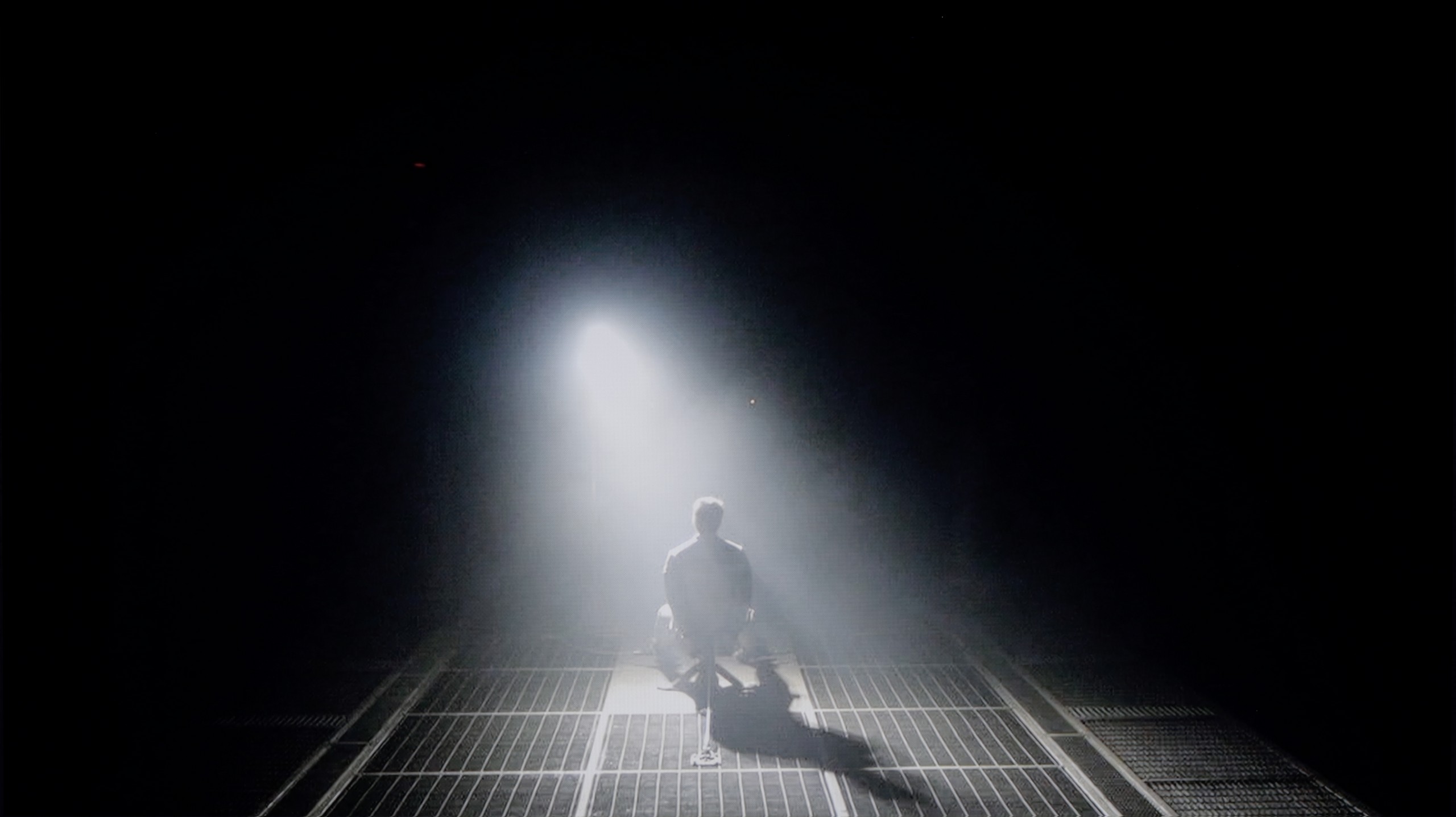
LG B4 uses OLED panels produced by LG Displays. The use of this type of panel provides us with perfect contrast and black levels. With such conditions, the picture is incredibly vivid and one might even get the impression that it is three-dimensional. The series of the manufacturer with the letter "B" has always been an ideal solution for those seeking very good picture quality while not wanting to pay extra for features that are only available in higher series. Therefore, these models have become something of a dark horse in this price range, as their advantageous pricing primarily competes with Mini LED televisions. It is not difficult to say that these models have won these battles due to the absence of characteristic flaws associated with LCD receivers with multi-zone backlighting, such as blooming/halo effects or dimming of images containing fine bright details. And as we can see in the test scenes from the films "Oblivion" and "Sicario 2," the fidelity is at the highest level. Looking at the first one, we see a spectacular play of lights that, despite their brightness, are perfectly separated from one another. Even a more challenging scene with a helicopter poses no problem for LG B4, showcasing a wealth of details and a unique colour grading specific to this title.
QN80F is a representative of the Neo QLED series, meaning it is a television with Mini LED backlighting. Unlike its cheaper cousin, the QN70F model, the diodes here are placed directly behind the panel (rather than at the edges), which gives it a solid advantage right from the start when it comes to contrast control. In the 65-inch variant we tested, we counted 88 dimming zones – a result that may not be particularly impressive, but as it turned out, sufficient to achieve quite decent results.
In tests based on scenes from films such as Oblivion and The Meg, the QN80F performed well – blacks were deep, and the overall image consistency was visually appealing. However, in more demanding moments (e.g., scenes with a large number of bright details on a dark background), a halo effect appeared. This is where the limitation of the number of zones becomes evident – bright elements could bleed into one another, and some details in the dark areas lost visibility. In one scene featuring a helicopter (The Meg), we even noticed slight brightness flickering, as if the television was trying its best to maintain detail visibility at the expense of black depth.
However, these issues are not exclusive to this model – halo effects or drops in contrast during very complex scenes are challenges faced by most Mini LED televisions, even the more expensive ones. In its class, the QN80F performs positively and offers significantly better contrast than the QN70F model with edge backlighting. For most users, this will be a level more than sufficient – although not perfect.
HDR effect quality
6.3/10
5.8/10
Luminance measurements in HDR:

Result
664 nit

Result
650 nit

Result
677 nit

Result
662 nit

Result
410 nit

Result
799 nit

Result
533 nit

Result
717 nit

Result
245 nit

Result
656 nit
Scene from the movie “Pan” (about 2800 nits)

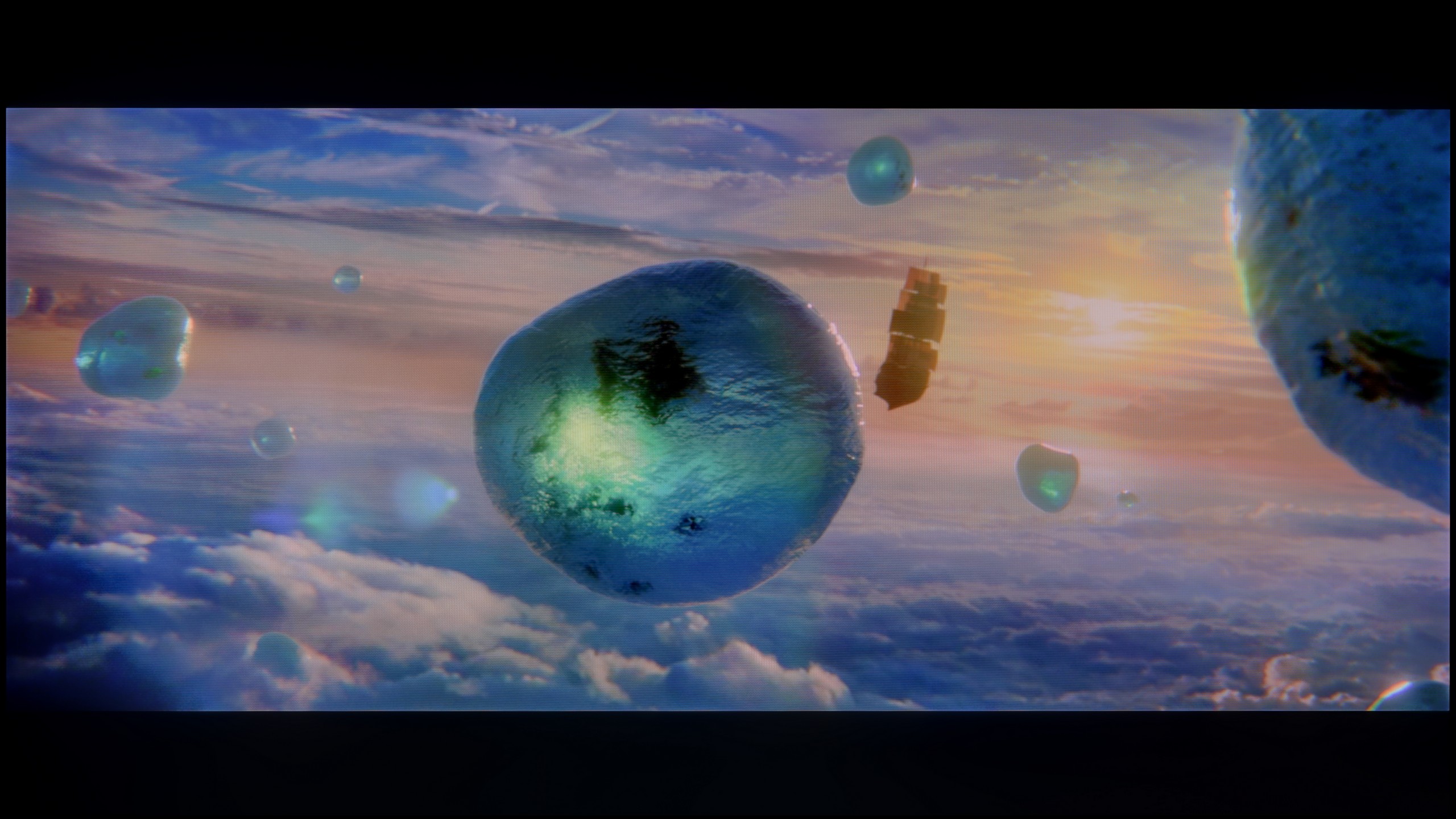
Scene from the movie “Billy Lynn” (about 1100 nits)

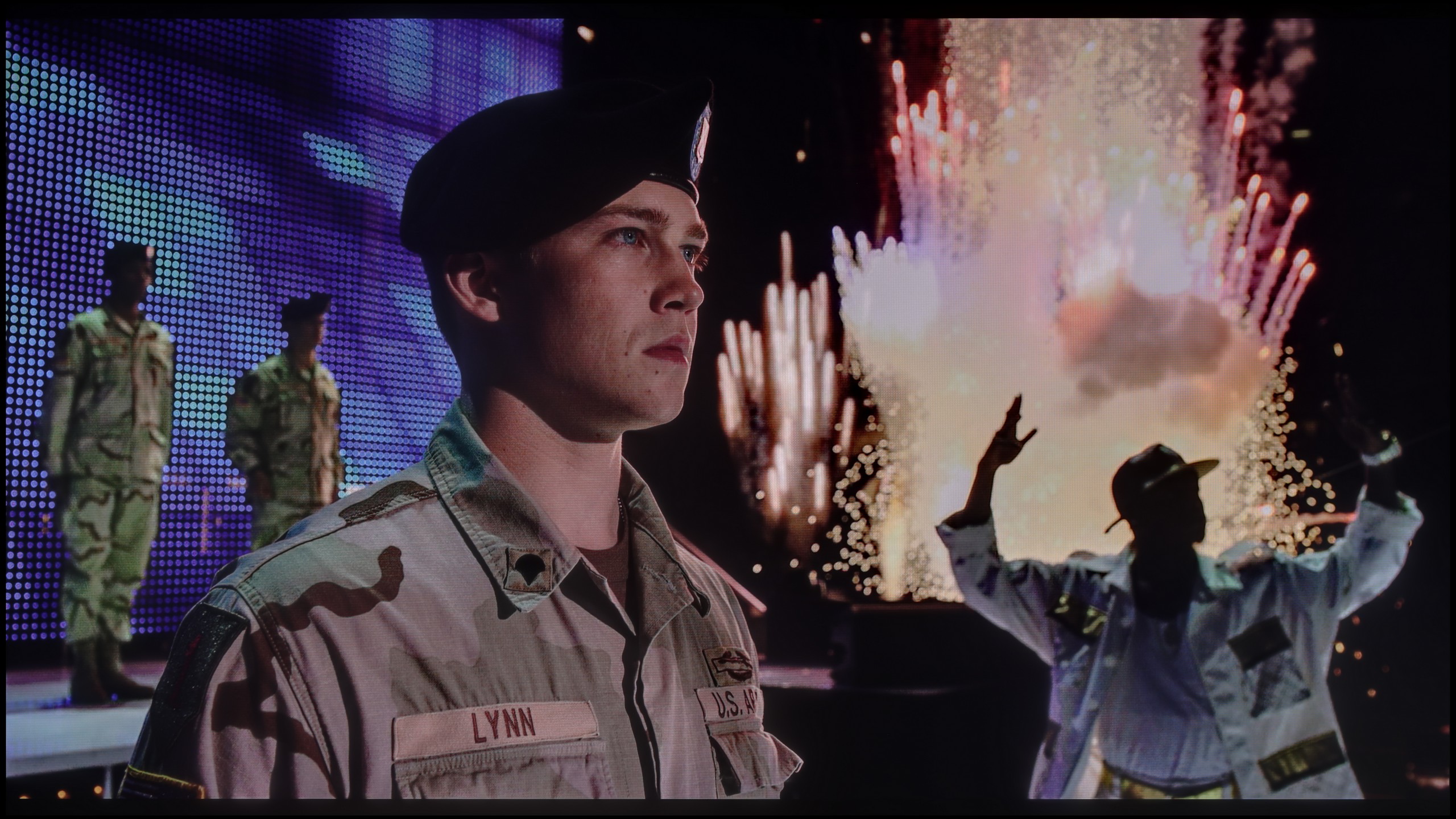
Static HDR10

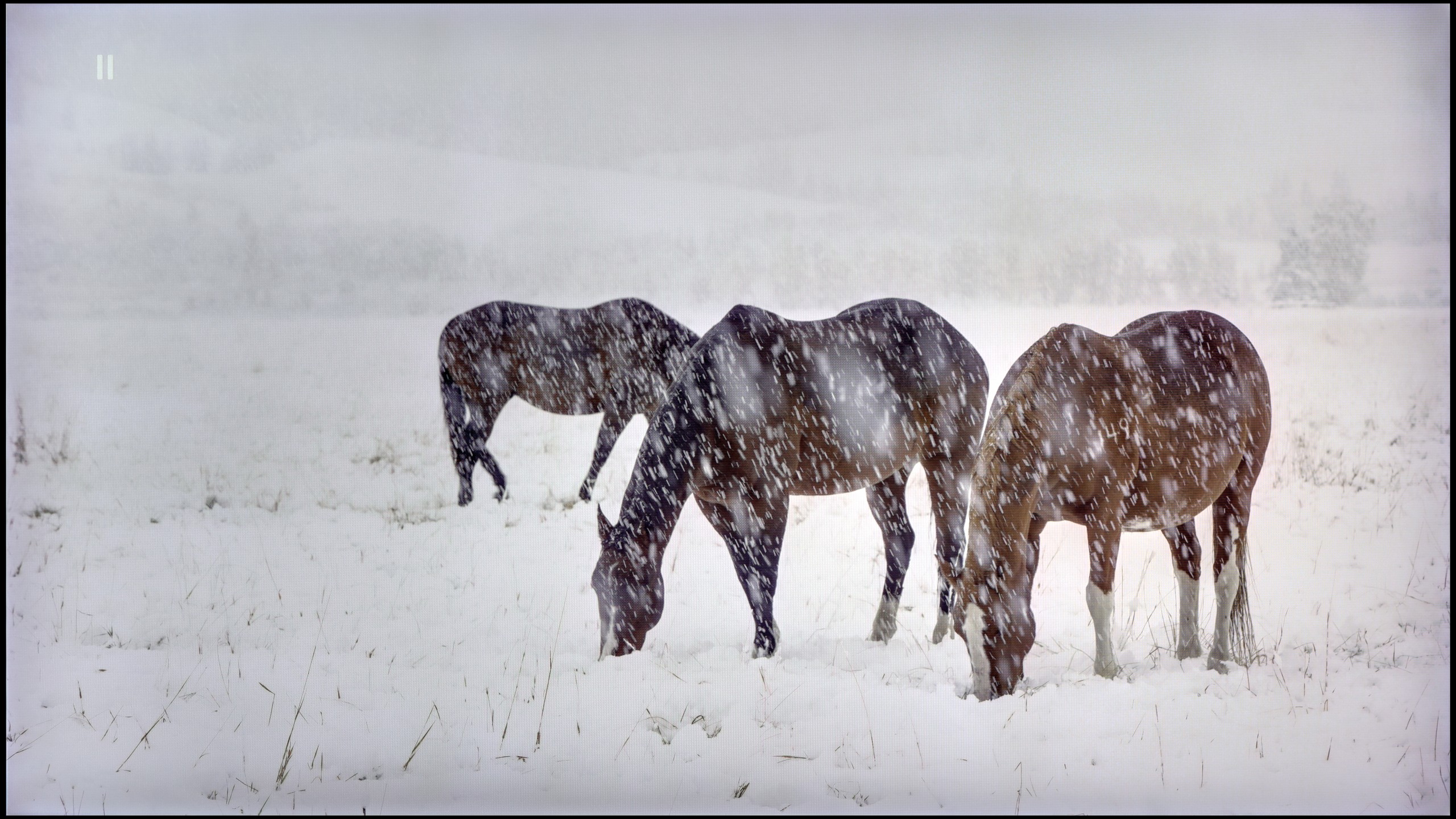
Dynamic: Dolby Vision
Dynamic: HDR10+


HDR luminance chart:
Samsung QN80F
Luminancja HDR
Luminance of RGB colors
LG 55 B4
Luminancja HDR
Luminance of RGB colors
The brightness results in HDR materials for LG B4 are very good. It is true that none of them exceed 1000 nits, although the stability of luminance is excellent and looks practically the same in every scenario. The only moment where the tested television performs worse is the last of the scenes, although this should not be surprising. Large frames filled with a lot of white have always been, and probably will continue to be, somewhat of a weakness for OLED televisions. However, the combination of perfect contrast, black levels, and brightness of LG B4 allows for a full experience of the HDR effect. Additionally, the incredibly high coverage of the DCI-P3 colour gamut deserves recognition, reaching 99%. This makes the colours look incredibly vivid and striking.
QN80F is quite a bright screen – in synthetic tests, it achieved nearly 1000 nits, which allows for justified expectations regarding HDR content. And indeed, in many scenes, the television can truly shine. Sequences with a lot of light – like shots from the film Life of Pi or wide, bright surfaces in The Meg – look impressive. Brightness remains around 700 nits, which provides a solid effect, sufficient to feel the true "HDR magic." Unfortunately, not every scene looks that good. In materials with small, bright details on a dark background, such as in Sicario 2, the television has issues – it can significantly dim certain elements, sometimes to the point where they disappear from the image. This is the result of a limited number of dimming zones, which forces the device to make compromises: either maintain inky blacks or sacrifice some detail. QN80F usually chooses the former. As a consolation, there is quite decent coverage of a wide colour gamut – DCI-P3 at 93%. This is not the highest score on the market, but it is more than adequate for most content on streaming platforms.
Factory color reproduction
8.4/10
6/10


Factory Mode
After calibration


Factory Mode
After calibration
The best factory mode prepared by the manufacturer is "Filmmaker," which is exactly what we used throughout the entire testing procedure. We must admit that the unit we received out of the box had quite good colour reproduction. The biggest problem in both SDR and HDR content turned out to be white balance. In the former, a strong red hue was evident, causing the displayed image to have a pronounced yellow tint, particularly noticeable on skin tones and whites. In higher quality materials, this colour was also accentuated, but due to a lack of blue, there were also signs of green visible. Apart from these issues, we also encountered problems with grayscale and the colours themselves.
We test televisions always in the best available factory mode – in the case of the Samsung QN80F, this is the Filmmaker mode, and indeed, it is this mode that offers settings closest to the creators' intentions. However, this does not mean that everything looks perfect. In SDR content, the biggest problem turned out to be an unbalanced white balance – slight deficiencies in green and a noticeable excess of red led to discernible colour errors, one could even say a pinkish tint on the screen. This was well demonstrated in the colour checker test, where the colours 'escaped' beyond their target fields – to the extent that even a sensitive viewer's eye could catch this without the aid of a meter.
In HDR content, the white balance was much better, but another issue arose – brightness management. The EOTF curve resulted in an overly bright image for most of the time, which could affect the perception of contrast and caused the screen to subtly 'flicker' during dynamic light changes. We have already written more about this in the paragraphs on black levels and HDR. Fortunately, Samsung leaves the user with plenty of options. The QN80F offers a rich set of calibration options, including a 20-point white balance – therefore, we decided to check what this television is really capable of after proper calibration.
Color reproduction after calibration
9.3/10
8.3/10

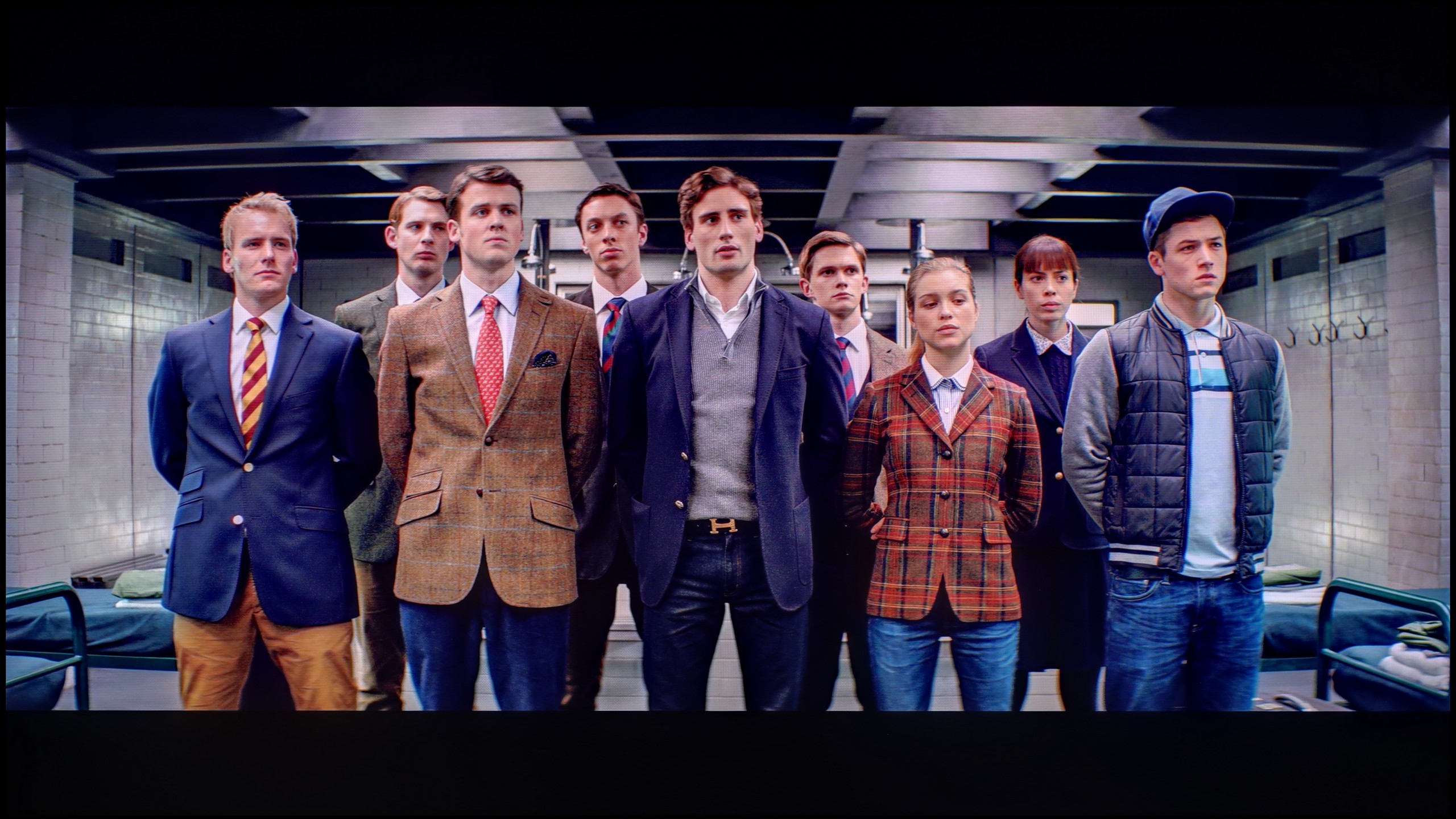

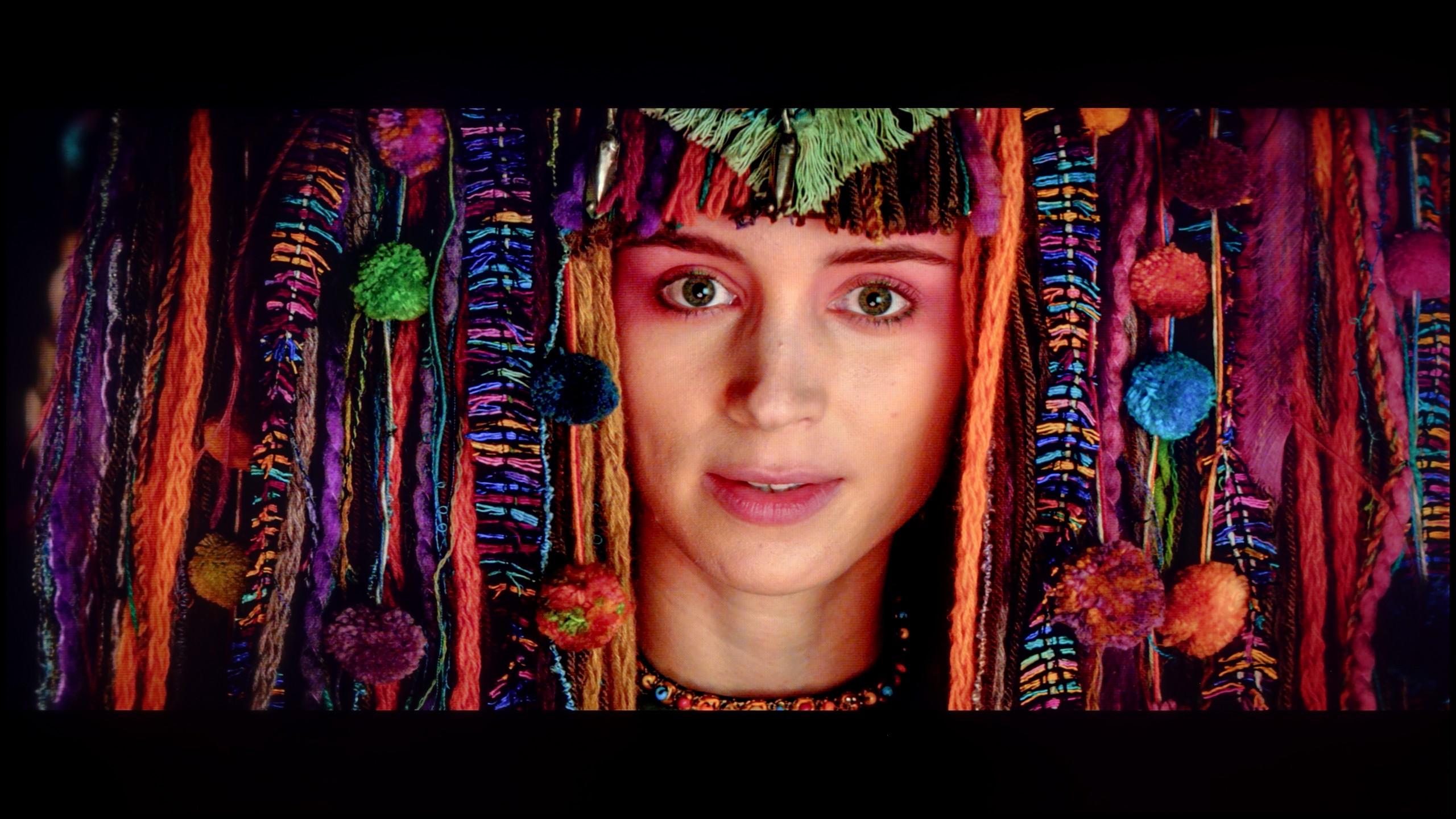
LG B4 has been providing very advanced calibration tools in its televisions for years. We can even say that as the only manufacturer on the market, it allows for such deep intervention in image adjustment. It is thanks to these tools that we were able to calibrate the device so well. Evidence of this is the extremely low deltaE errors, which can be said to be at a reference level. Both SDR and HDR materials now look exactly as intended by the film director. It is no coincidence that televisions of this brand are most often used as preview screens for various graphic or post-production studios.
After conducting a thorough calibration, it was possible to bring most of the image parameters to a really good level. The white balance in both SDR and HDR is nearly perfect – the picture is natural, neutral and devoid of the previously noticeable redness. The colours have gained depth, and the overall visual reception has become more pleasant and cohesive. It was also possible to partially master the brightness management, which in the factory version could be problematic. The EOTF chart shows that the television performs significantly better with brightness after calibration – there is no longer excessive dimming of certain elements. In films, it can still be noticed that the QN80F has a tendency to slightly brighten the smallest, light details – however, this is the effect of the device's design and the limited number of dimming zones. In short: not everything can be overcome, but what could be has been improved. After calibration, the QN80F makes a really good impression; it simply looks more mature and professional.
Smoothness of tonal transitions
7.4/10
9/10

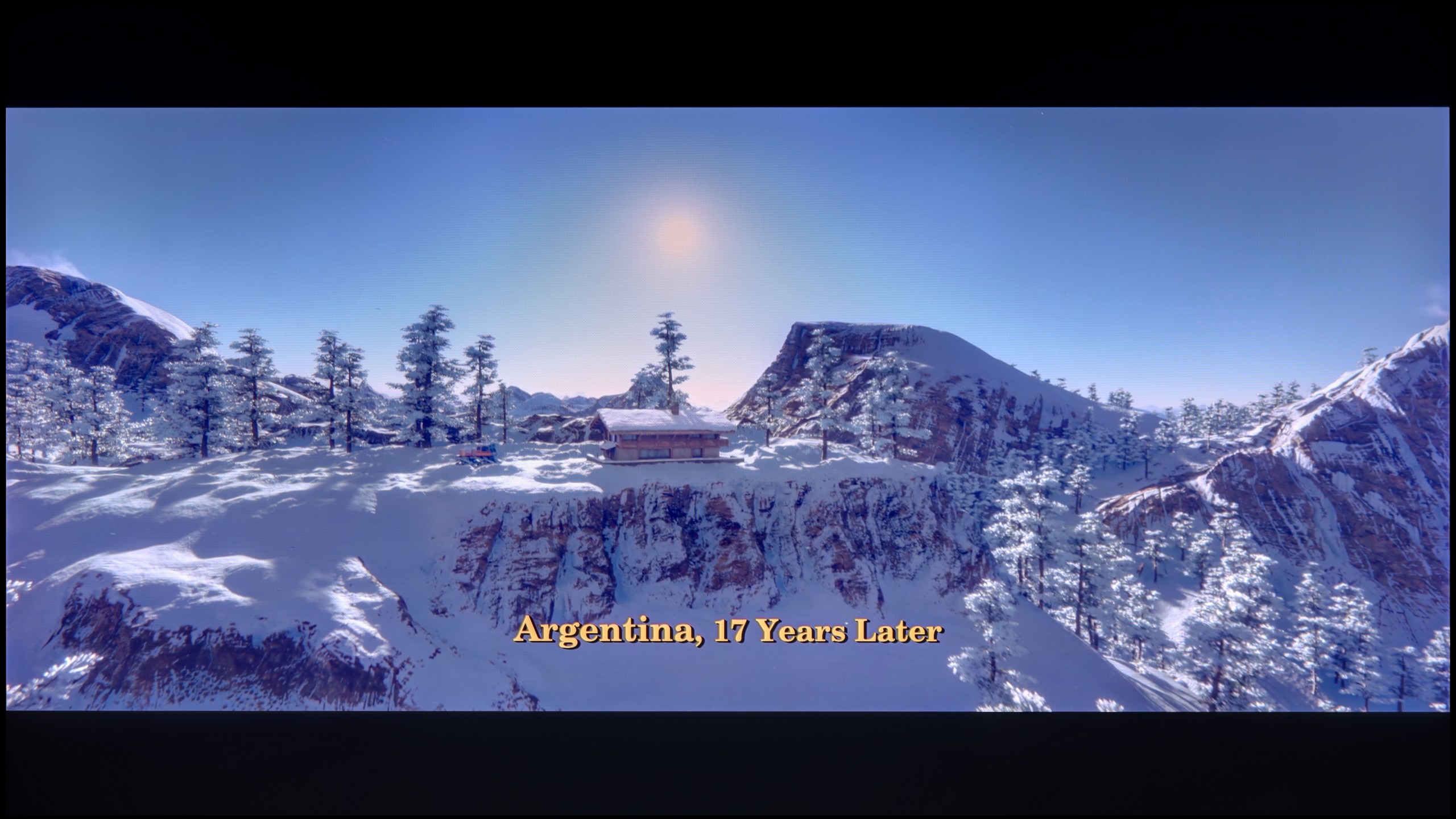



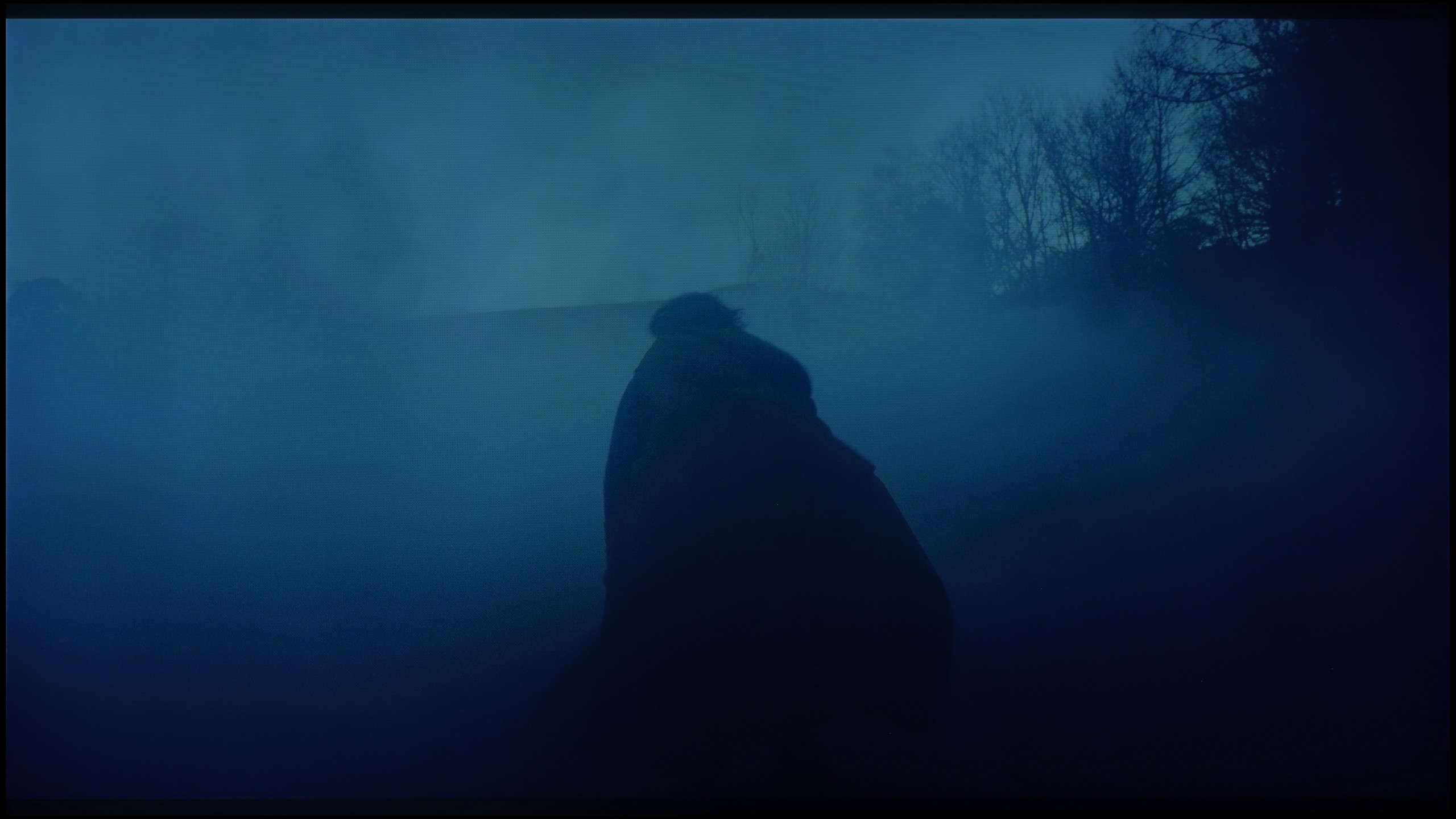

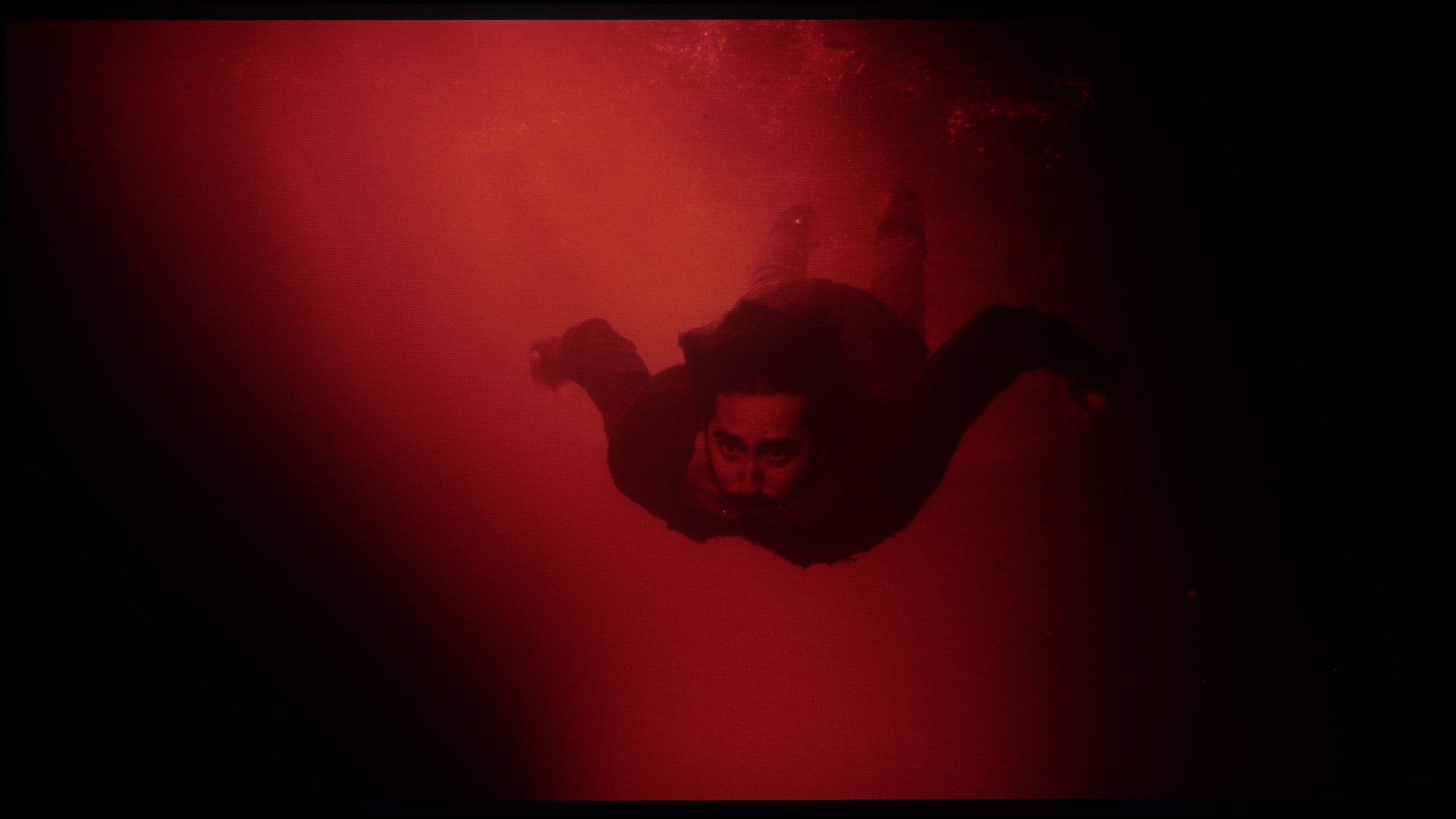




The fluidity of tonal transitions, often overlooked in various tests on competing portals, is an equally important aspect of image quality assessment. It is particularly important when watching material that features a wealth of colours and many intricate effects, where textures blend. This often leads to the so-called banding of colours, which is a lack of smooth gradation. The tested television handles tonal transition smoothing quite well. However, it is worth noting that it has its weaker moments, such as a bright coloured sky in the film "Kingsman" or "The Martian". Nevertheless, these are not aspects that detract from the viewing pleasure. Therefore, we positively assess the quality of tonal transitions in LG B4.
In this respect, the QN80F truly impresses. The transitions between colours are smooth, nothing is torn, and there are no annoying stripes in the sky or strange blotches in the shadows. Film scenes in darker tones performed particularly well – and this is where most televisions tend to struggle. If one is very determined, they may notice slight banding in the brightest sections, but that is really stretching for an issue. In everyday viewing, no one should have a problem with this. To put it plainly: the tonal transitions are so good that one can forget about them – and simply enjoy the film.
Image scaling and smoothness of tonal transitions
7.9/10
7/10
Smooth transition function


Image without overscan on the SD signal

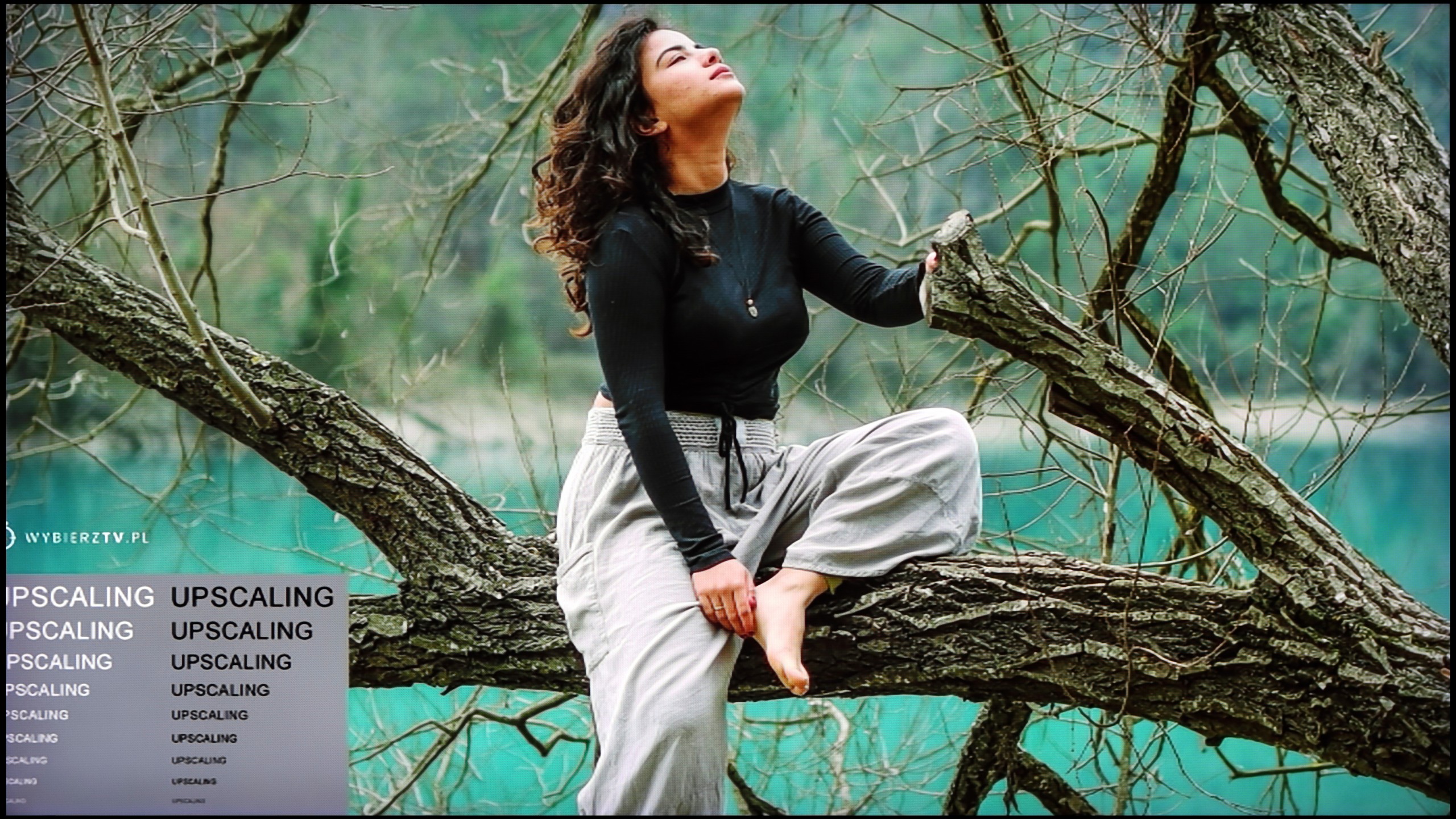
In this paragraph, we will take another look at the function for smoothing tonal transitions, but we will also check how the television handles lower quality material. As we have managed to verify, the setting responsible for smooth gradation works quite efficiently, although it has its weaker moments. Just as the function works correctly in SDR content, it becomes rather useless in HDR content. Even at the lowest of the options, it blurs essential details, which is why we advise against using it.
The image scaling on LG B4 is rated rather moderately positively. Although there is no edge doubling, the image itself is naturally "soft." We can change this by adjusting the sharpness slider.
If, while watching lower quality materials – for example from YouTube – we notice strange colour transitions or unwanted artefacts, it's worth checking the settings and turning on the noise reduction feature. In our opinion, the best setting is at “medium” – it effectively smooths out problematic colour transitions while not blurring the entire image too much. However, one must know this: this option tends to remove film grain. If someone cares about preserving this effect (e.g. in older films), it’s better to simply turn it off – regardless of the level, the grain always disappears.
When it comes to resolution scaling (or so-called upscaling), Samsung – as usual – performs very well in this area. The QN80F may not compete with top models costing tens of thousands, but for its price class, it really does impress. Materials of very low quality (e.g. from SD television or older video files) are noticeably improved and look surprisingly decent. The only noticeable drawback is the typical Samsung issue with overscan – that is, slight cropping of the image edges in very low resolutions, e.g. 576p.
Blur and motion smoothness
8.5/10
7.5/10

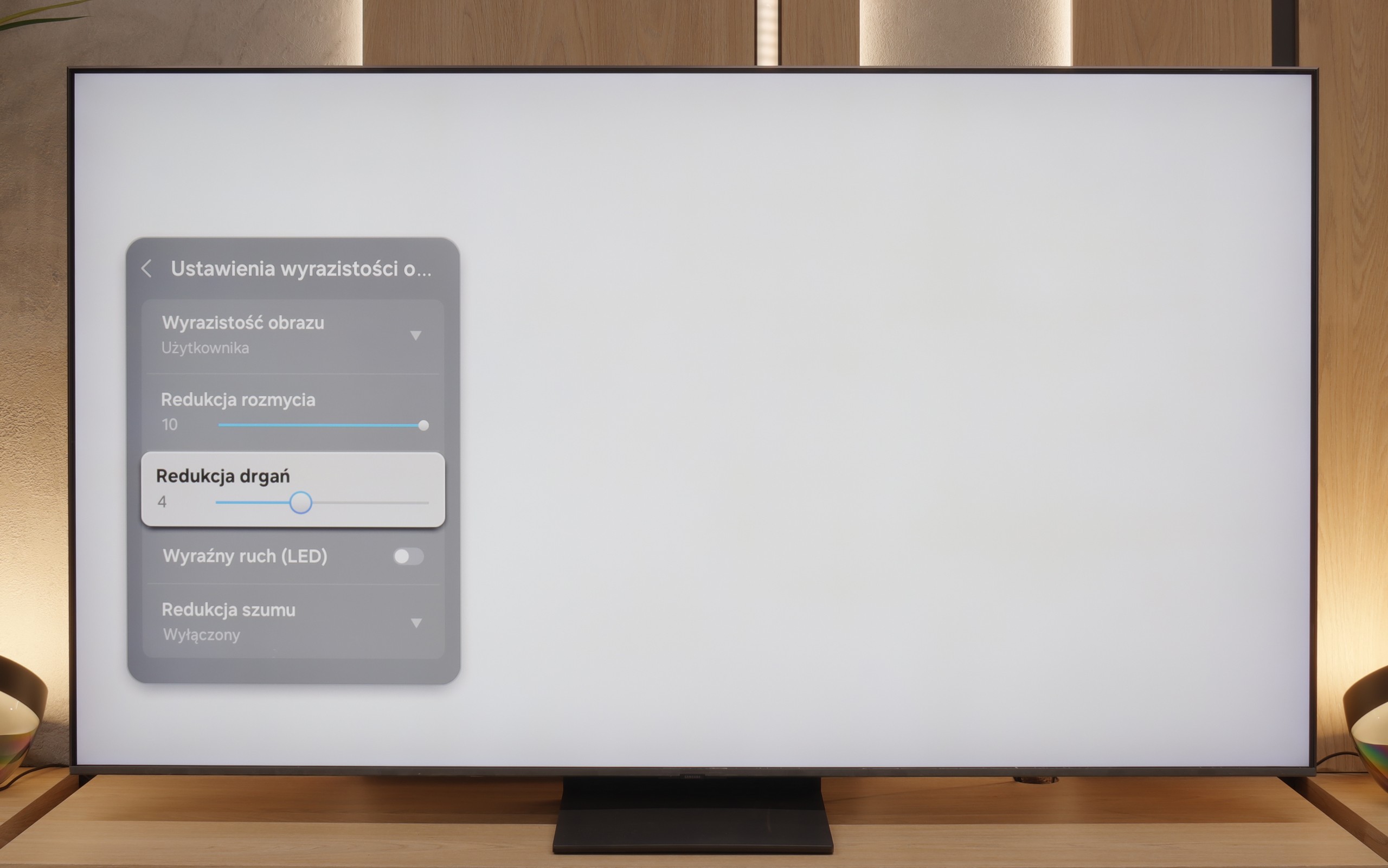
Blur (native resolution, maximum refresh rate):



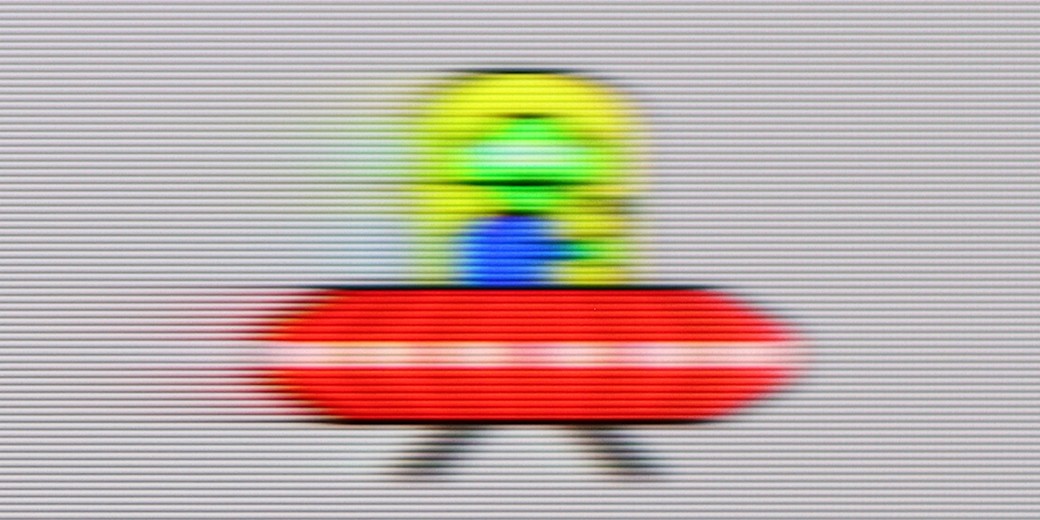
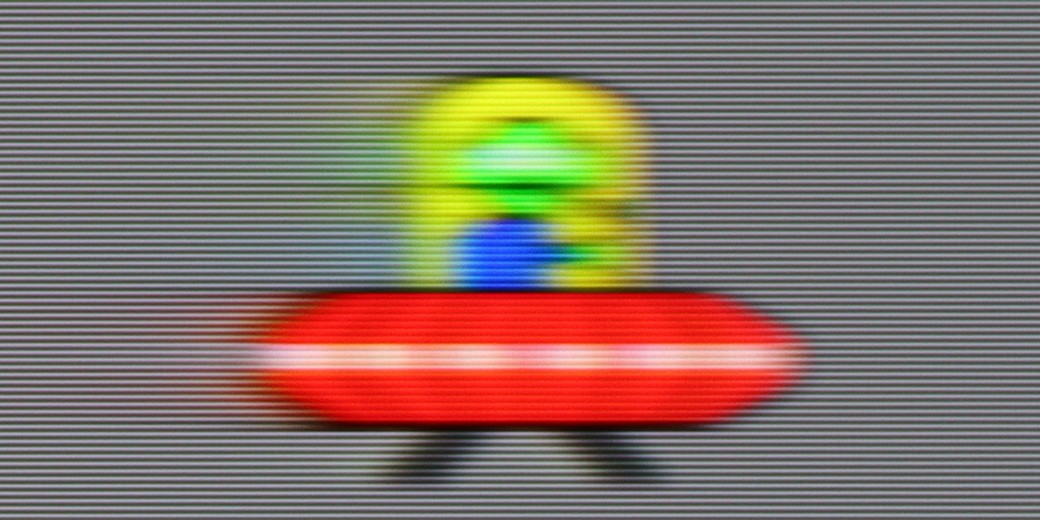
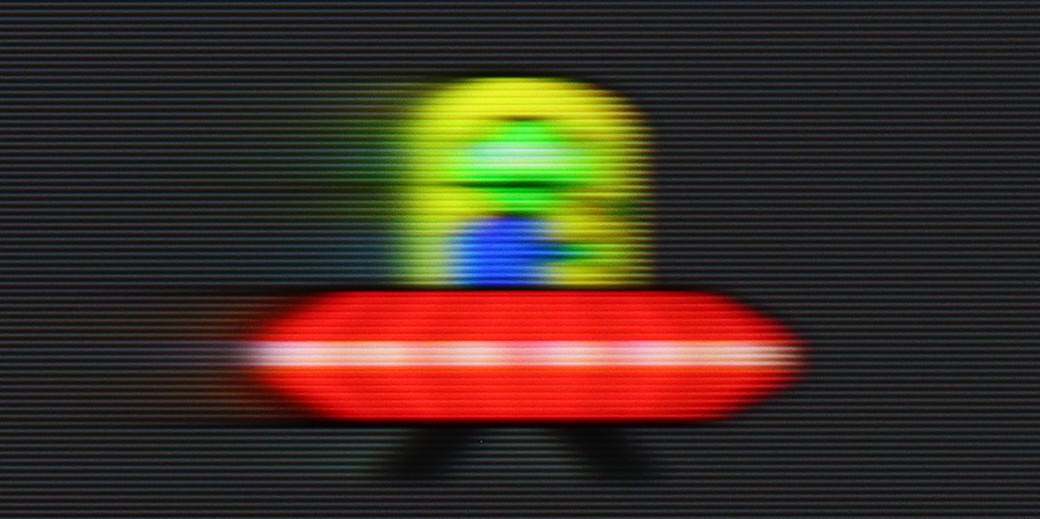
Blur (BFI function enabled):



Image flickers in this mode

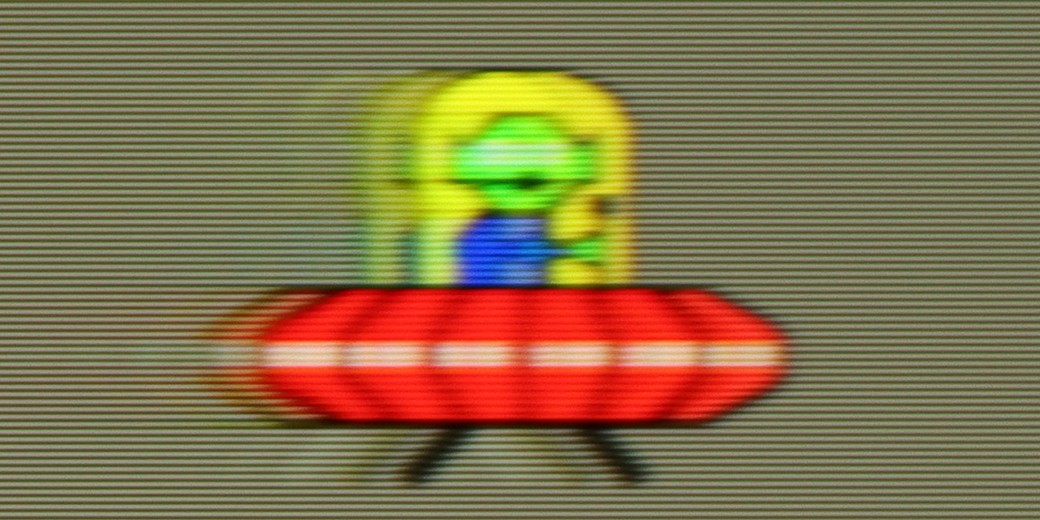
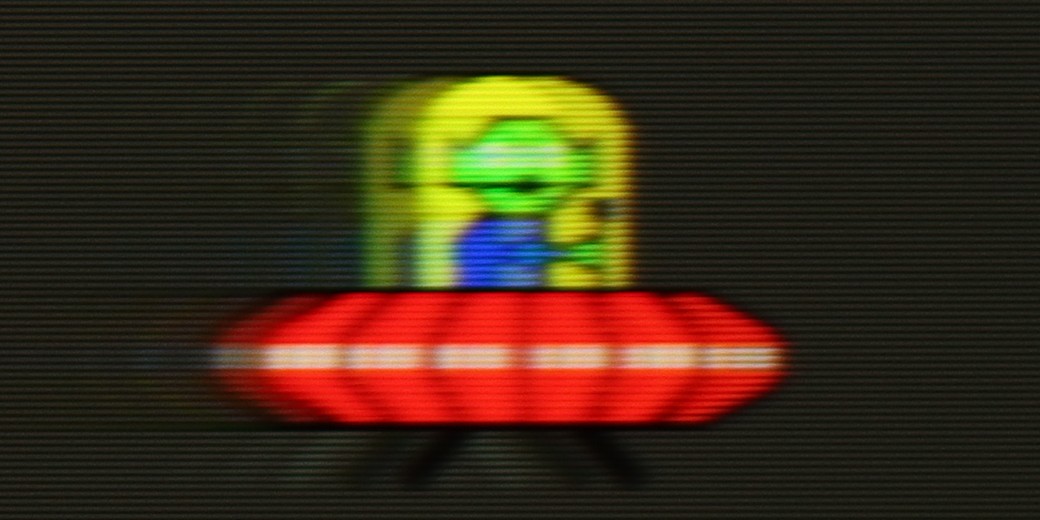
The maximum refresh rate that we can set on the LG B4 is 120 Hz. This is the absolute minimum for those requiring high image fluidity. The manufacturer has implemented a multi-step motion smoother called "TruMotion". It has been divided into two separate sliders adjusting the sharpness of moving images (De-Blur) and jitter (De-Judder). Both sliders can be set in the range from 0 to 10, with each degree affecting the level of fluidity, so everyone can find their golden mean.
The LG OLED B4 panel features an average response time of 0.1 ms (which directly results from our measurements), allowing for an incredibly clear image, unattainable for LCD televisions, whose response times can be as high as several milliseconds. This is clearly evident in the pictures from the "UFO Test", showing no trail following the object.
QN80F is truly a "fast" television. The applied panel offers a refresh rate of up to 144 Hz, which in practice means that the screen keeps up with the action – whether we're watching a film, playing games, or browsing dynamic content online. The image doesn’t stutter, isn’t excessively smeared, and overall looks simply smooth and pleasing to the eye. Of course, the manufacturer hasn’t forgotten about cinema fans – in the settings, we’ll find an option to adjust motion smoothness, allowing us to tailor the effect to our personal preferences. We can maintain a more "framey" appearance (for those who enjoy the classic cinematic vibe) or ramp up the smoothness to a higher level for a theatrical smoothing effect. Importantly, the choice is ours. Watching films and playing on the QN80F is simply a delight.
Console compatibility and gaming features
10/10
8.2/10
- ALLM
- VRR
- VRR range40 - 120Hz48 - 144Hz
- Dolby Vision Game Mode
- Correct implementation of HGIG
- 1080p@120Hz
- 1440p@120Hz
- 4K@120Hz
- Game bar

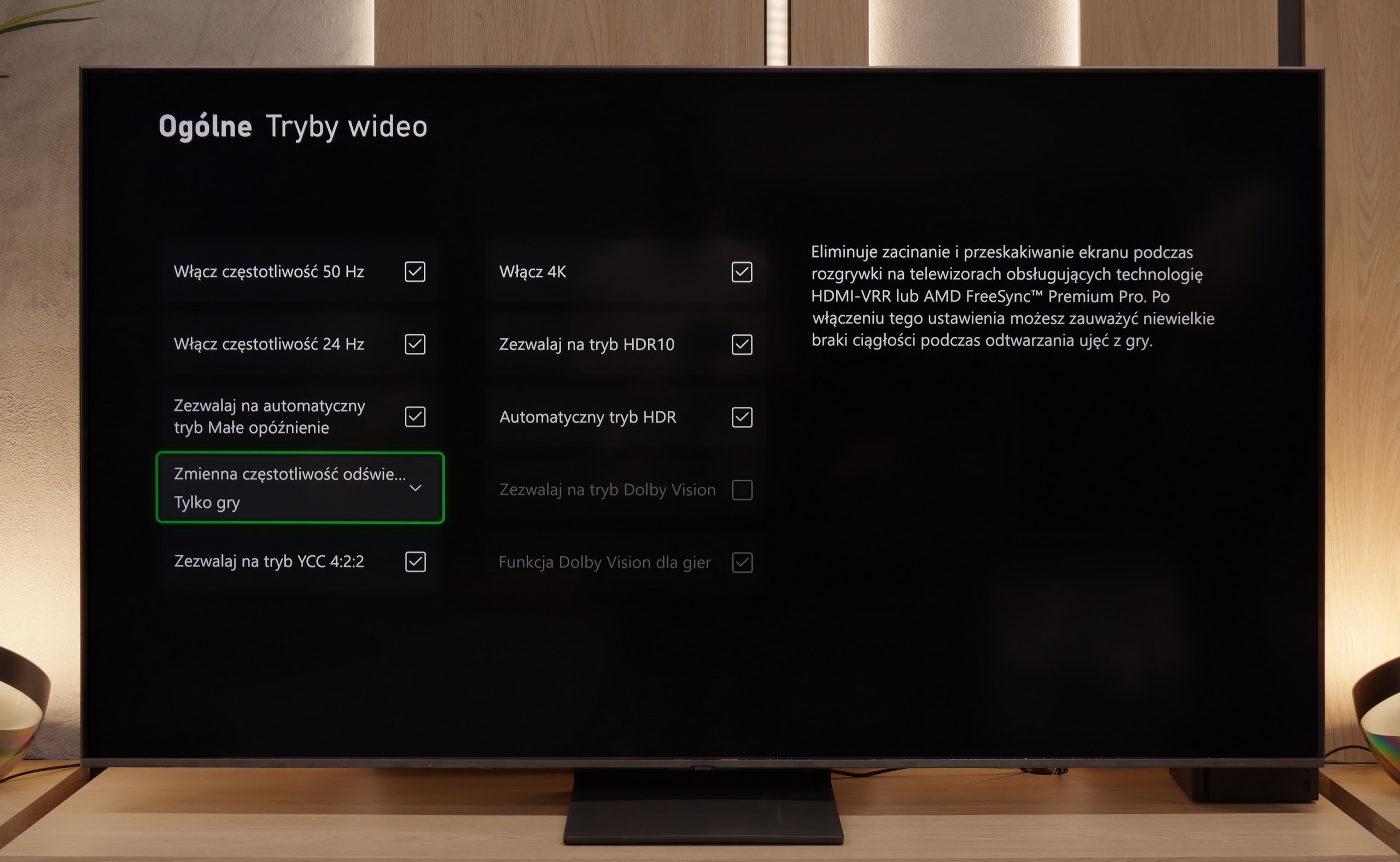



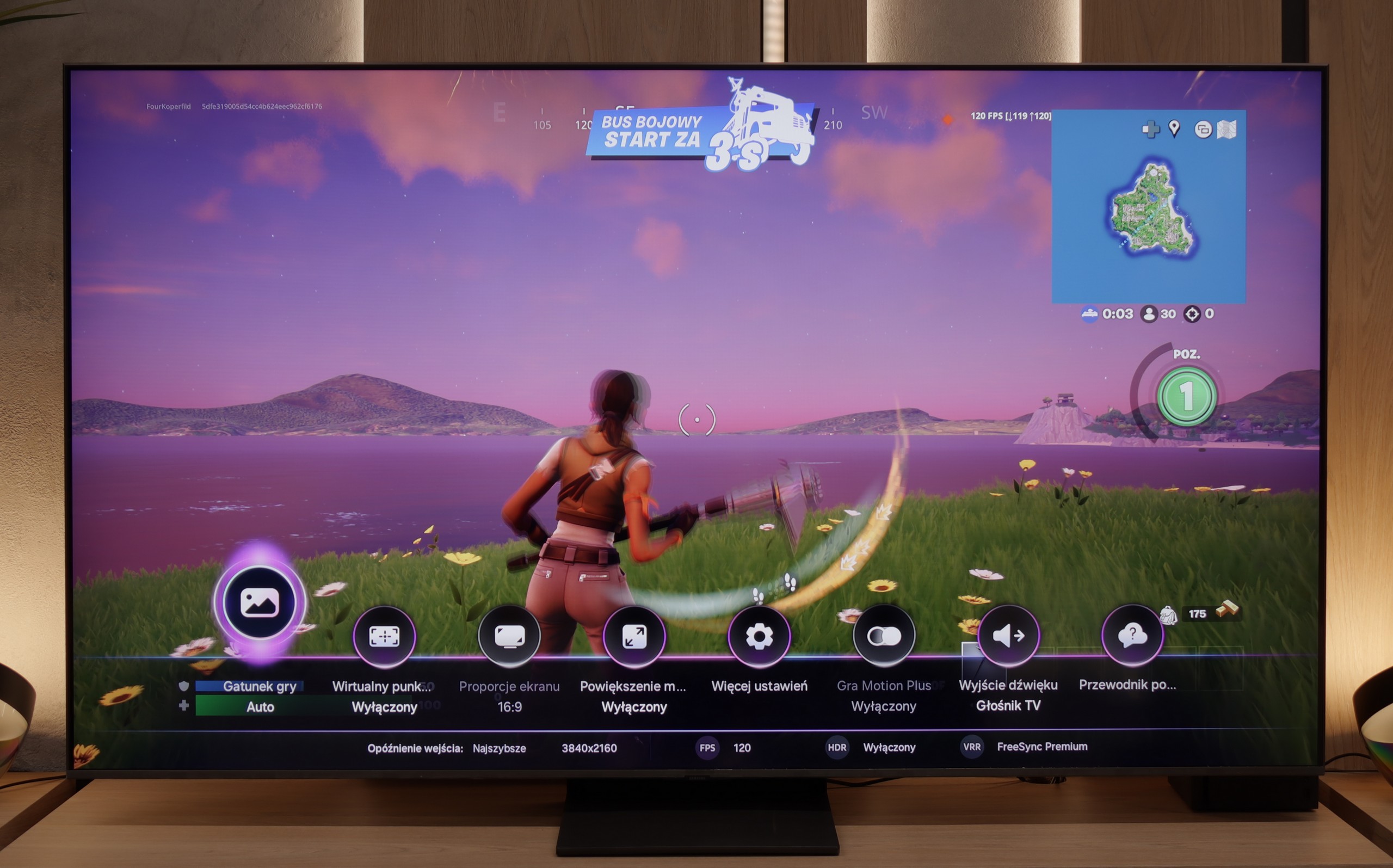

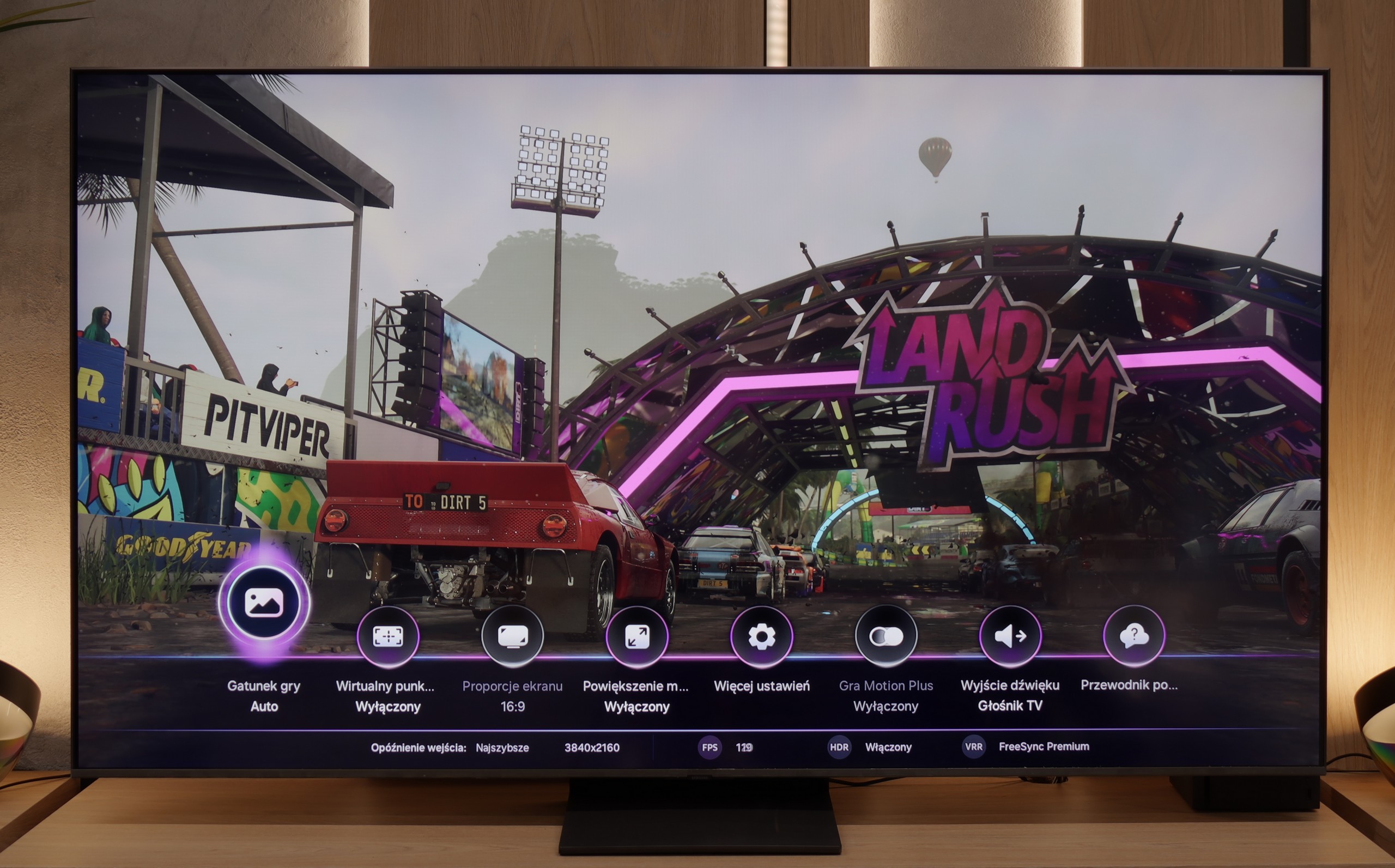
The LG B4 television is equipped with four fully-fledged HDMI 2.1 ports with a full bandwidth of 48Gbps. All features that are identical to this standard were activated without any issues, and throughout the entire testing process, they did not cause any problems. The combination of such extensive functionality and low input lag suggests that the tested television is truly made for gaming. This is not surprising, considering that the manufacturer has always placed great emphasis on this. Therefore, we can enjoy both the properly implemented HGIG mode and gaming in Dolby Vision with low latency. This pairing will certainly attract the attention of all passionate gamers for whom quality is paramount.
An additional standard in televisions from this Korean manufacturer is the implementation of GameBar, allowing for quick adjustment of settings "on the fly," without the need to exit the game. It also enables image adjustments for individuals with visual impairments, which is a very nice touch. Another important piece of information is that when VRR technology is enabled, we will not experience a drop in contrast. This is thanks to the construction of the panel and the lack of conventional backlighting. However, it is normal for shades of grey to flicker slightly; nevertheless, this is a characteristic feature of this function regardless of the manufacturer or television.
In summary: the LG B4, like all of the manufacturer’s OLEDs equipped with 120Hz panels and HDMI 2.1 ports, creates a harmonious whole with the console. In practice, this is a comprehensive television, and if we expect the highest possible efficiency in gaming, B4 will be the ideal choice.
The Samsung QN80F is a television that delivers on almost every front when it comes to gaming. We have a 144 Hz panel, four full-fledged HDMI 2.1 ports, support for gamers in the form of variable refresh rate (VRR), automatic game mode (ALLM), and even one of the best-designed game bars on the market. The cherry on top is the motion smoother, which – uniquely in the world – works in games without significantly increasing input lag. Sounds like an almost perfect television for gamers? And indeed, it is almost that.
As usual, Samsung does not support Dolby Vision in games, but that no longer surprises anyone. However, it is considerably more surprising that... the HGIG function has disappeared – that is, the system that allows the console (e.g., PlayStation 5 or Xbox Series X) to precisely match HDR tone mapping to the television’s capabilities. In the latest firmware update for the 2025 models, this option has simply vanished. This looks more like a mistake than a deliberate move, but it must be noted fairly that as of the date of writing this review, the HGIG function is simply not available.
And it is precisely because of this one missing feature that the QN80F transforms from an almost perfect gaming television into a “nearly” perfect device. It’s a shame – because everything else suggested that Samsung could once again set the bar very high in this generation.
Input lag
10/10
9.8/10
SDR
HDR
Dolby Vision
Input lag for the LG B4 is at an incredibly low level in every scenario. Even the most dedicated gamers will certainly appreciate the very low input lag at demanding 4K 120 Hz settings with HDR, which is just 5 ms. It is also worth noting that the lag at these same settings, but with Dolby Vision HDR enabled, remains consistent, which is not as evident with the competition. Therefore, it deserves the highest rating and recommendation.
The QN80F does not disappoint when it comes to response time. The input lag for 120 Hz content drops below 10 ms, which can be considered an almost perfect result – it is hard to expect more in this class of TVs. Gaming is smooth, responsive, and without delays that could annoy even the most sensitive players. For 60 Hz materials, the lag is higher, around 19 ms, but this is a completely natural phenomenon and still falls within comfortable limits.
Compatibility with PC
7.6/10
8.8/10

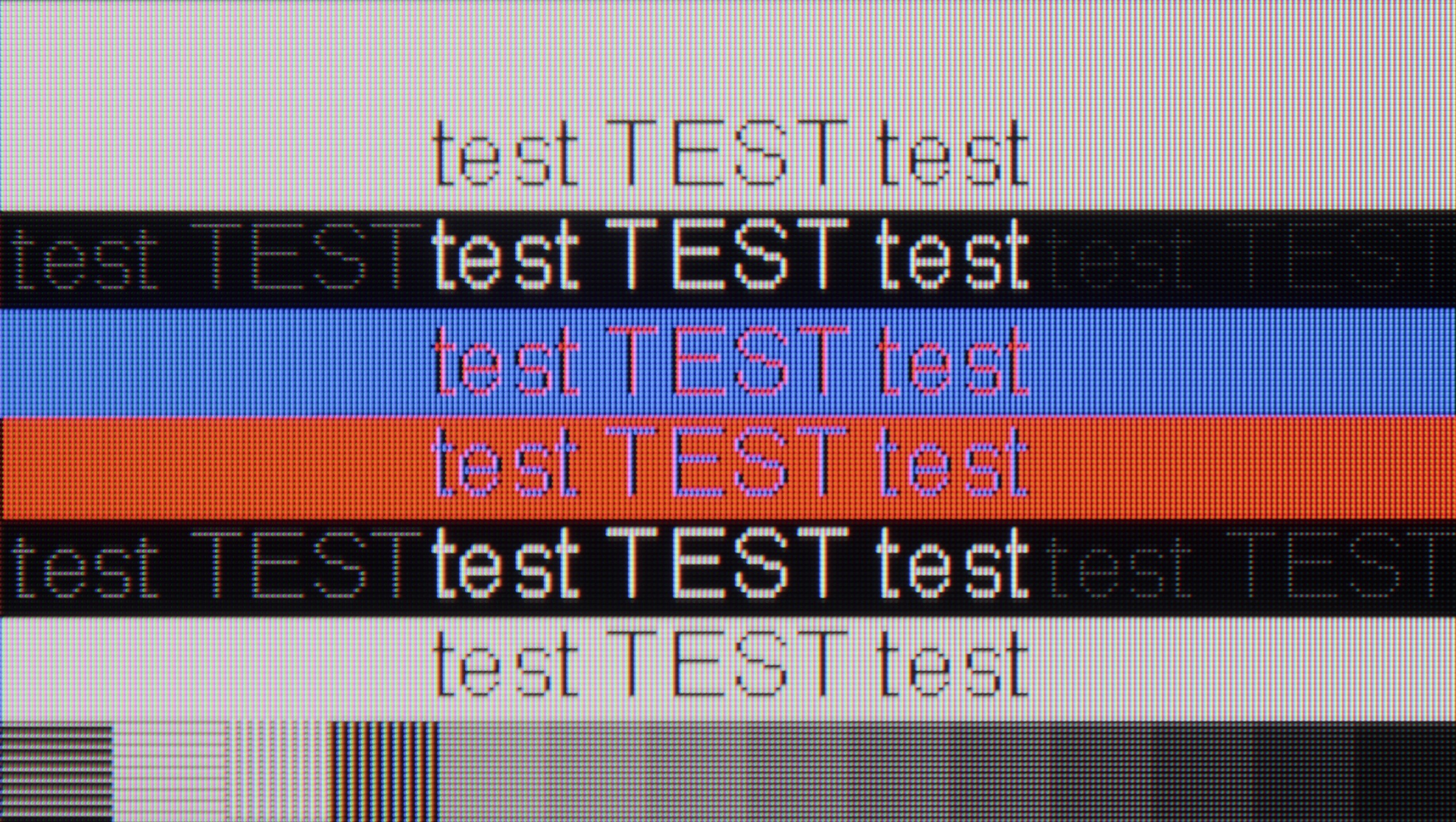
LG B4 combined with a PC performs excellently, thanks to a very low latency of just 13.5 ms, which is practically an instant response between the mouse, the eye, and the screen. An extremely important factor when working on a screen is primarily the readability of the text, which in the case of the tested television is very good. However, it is worth noting that to achieve sharp fonts, one must enable the passthrough option in the settings.
The RWBG pixel layout has no significant impact on the display of fonts or letters, which provides a considerable advantage over Samsung's QD-OLED matrices. Users of both Windows and macOS equipped computers are sure to be pleased with the performance on the screen of the tested television.
Playing on the QN80F with a connected computer is pure pleasure. The television effortlessly works with NVIDIA graphics cards (thanks to G-Sync support) and AMD (thanks to FreeSync Premium), and the 144 Hz refresh rate only enhances comfort during dynamic gameplay. Everything works immediately, without unnecessary fiddling with settings – exactly as it should.
When it comes to work, it is also very good. The readability of fonts is at a high level, and texts appear sharp and clear. With very thin horizontal lines, some minor imperfections in shading can be noticed, but honestly – you really have to look closely. Unless, like us, you sometimes enjoy looking at the screen with a magnifying glass… then you might spot something 😉.
Viewing angles
7.4/10
3.1/10
The undisputed advantage of OLED panels is their performance in the context of group viewing, that is, from various angles. LG B4 maintains very good contrast, colour saturation, and fidelity. Although this is not the result of organic televisions supported by MLA technology, one cannot say that anyone who purchased the device was dissatisfied with the results obtained. However, it should be noted that at sharp angles, a slight greenish tint can be observed. This is a characteristic feature of LG's WRGB panels, without the aforementioned micro-lens technology, and unfortunately, there is nothing that can be done about it.
QN80F, like most TVs with a VA panel, does not impress in terms of viewing angles. All it takes is a slight lean to the side to notice a significant drop in brightness and lost colour saturation. The picture loses its "depth" and "vibrancy", and darker scenes may appear slightly washed out. However, this is a typical characteristic of VA panels, which provide significantly better native contrast than IPS panels in return. In short: something for something. If you are sitting directly in front of the screen, there will be no problem. But when watching together in a larger group, it is worth keeping this in mind.
TV efficiency during daytime
5.7/10
6.6/10

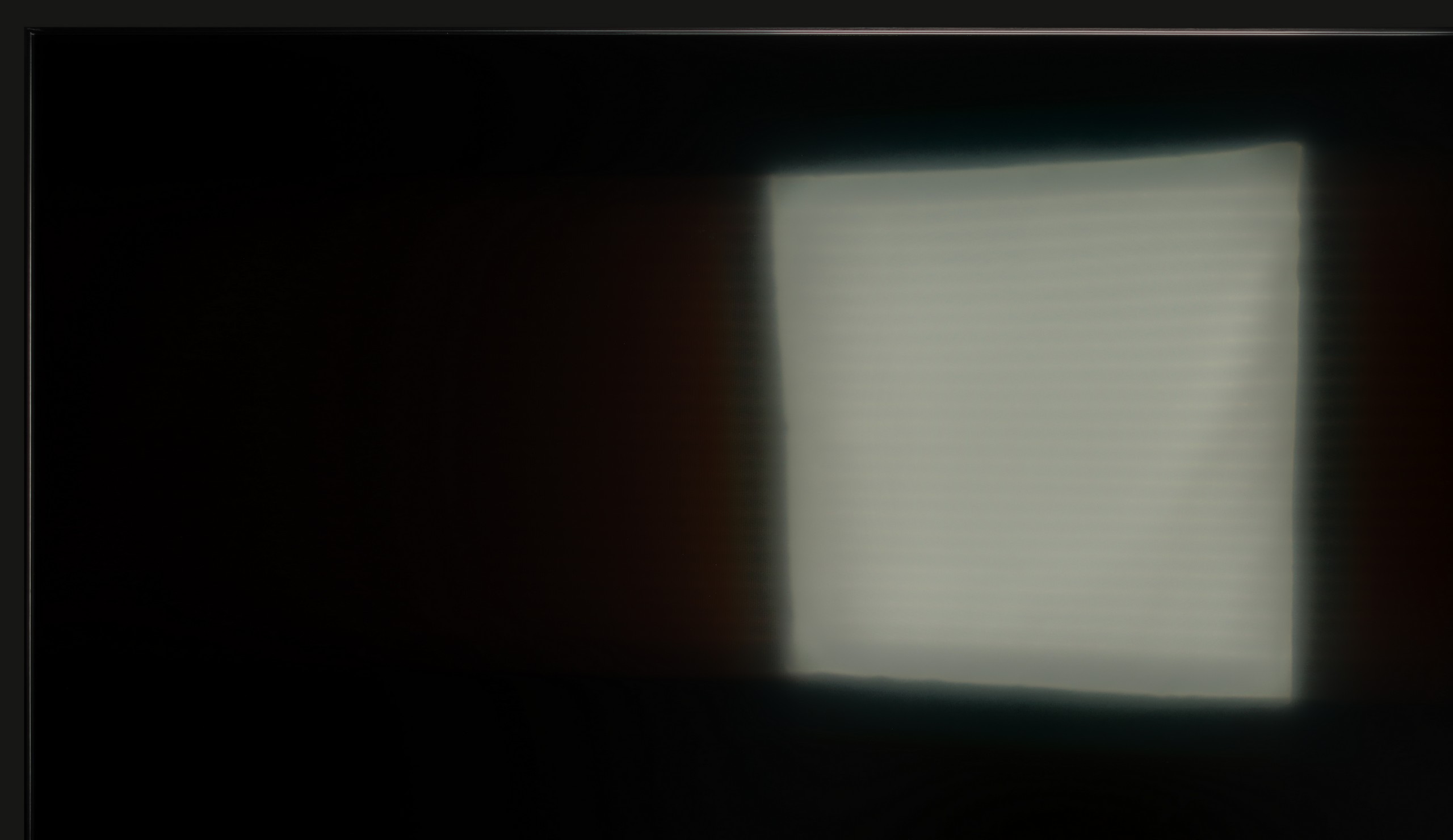

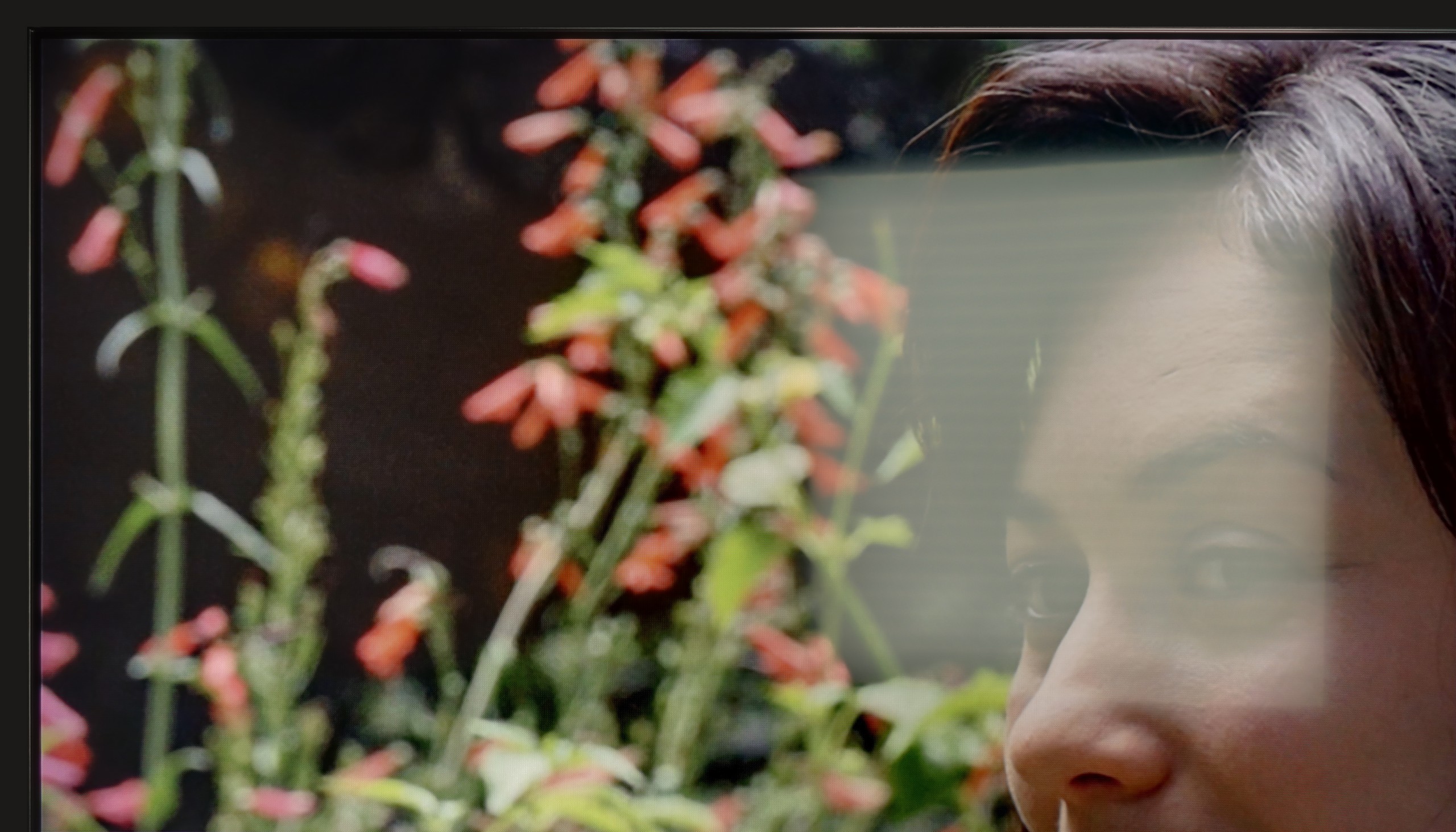
Matrix brightness
Average luminance SDR
Samsung QN80F: 543 cd/m2
LG 55 B4: 374 cd/m2
The maximum brightness of the television in SDR materials is 370 nits. For an OLED television, this is a very good result and allows for quite comfortable viewing during the day. It is worth paying attention to two things. The first is the rather mediocre handling of reflections caused by the satin finish of the panel, which means that direct light hitting the television will be quite obtrusive. The second issue is the brightness of the screen when filled 100% with white, oscillating around 260 nits, which is an excellent result, as until recently, OLED televisions in this price range could "boast" a brightness twice as low. Thanks to this, the conditions for watching, for example, winter sports will be very good.
The QN80F is truly a bright television. The average brightness in SDR content is around 550 nits, regardless of the scene, which in practice means that you can comfortably watch content even in a well-lit room – and you don’t have to close the blinds every time you turn on a film. The new satin coating on the panel also deserves praise, as it performs significantly better at reducing reflections compared to last year’s QN80D. Glare is less bothersome, and the screen maintains readability in various lighting conditions. It’s hard to find fault here – the QN80F performs simply excellently during the day.
Details about the matrix
Subpixel Structure:
Panel uniformity:

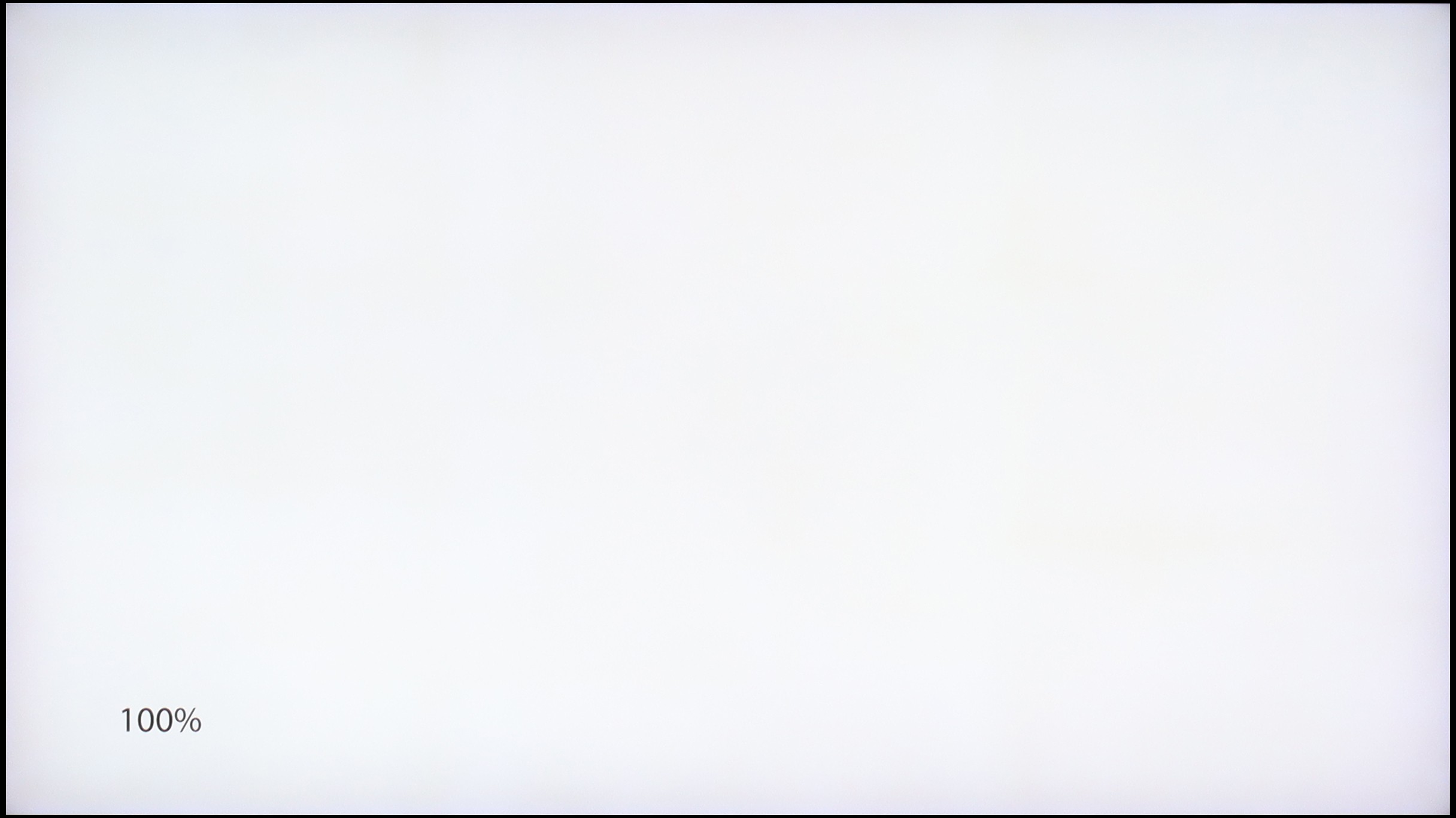
LG 55 B4
Samsung QN80F
TV features
9/10
7.5/10
- HDMI inputs0 x HDMI 2.0, 4 x HDMI 2.1 48Gbps0 x HDMI 2.0, 4 x HDMI 2.1 48Gbps
- OutputsToslink (Optical audio), eARC (HDMI), ARC (HDMI)Toslink (Optical audio), eARC (HDMI), ARC (HDMI)
- Network InterfacesWi-Fi 2.4GHz, Wi-Fi 5GHz, Ethernet (LAN) 100MbpsWi-Fi 2.4GHz, Wi-Fi 5GHz, Ethernet (LAN) 100Mbps
- TV receptionDVB-T, DVB-T2, DVB-S, DVB-S2, DVB-CDVB-T, DVB-T2, DVB-S, DVB-S2, DVB-C
Classic features:
- Recording to USB (terrestrial TV)
- Recording programming
- Picture in Picture (PiP)
- RF remote control (no need to aim at the screen)
- Backlit remote control
- Teletext
- Audio only mode
- Possibility to connect Bluetooth headphones to the TV
- Possibility to simultaneously use Bluetooth headphones and the TV speaker
Smart features:
- AirPlay
- Screen mirroring (Windows Miracast)
- Wyszukiwanie głosowe
- Voice search in native language
- Ability to connect a keyboard and mouse


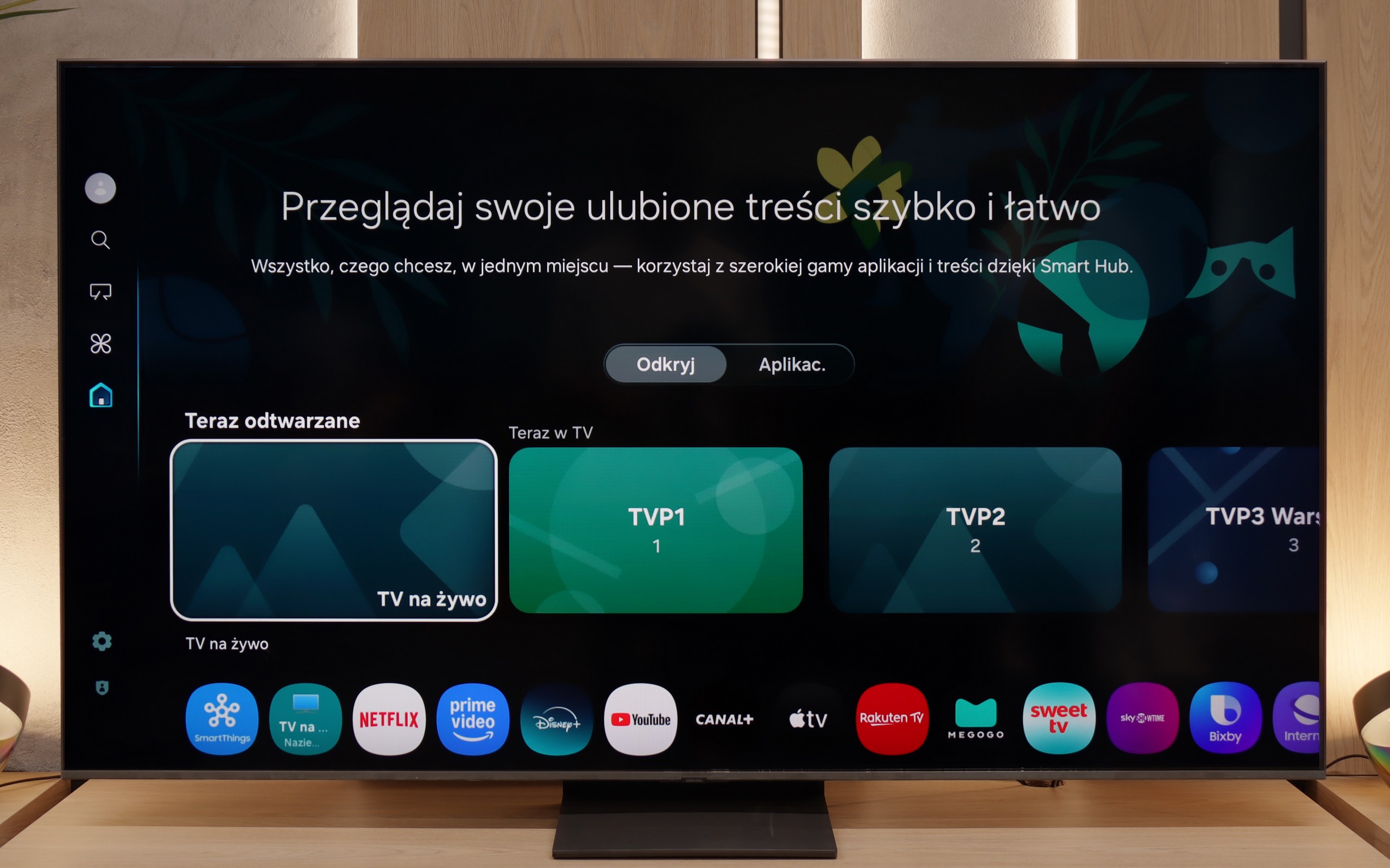
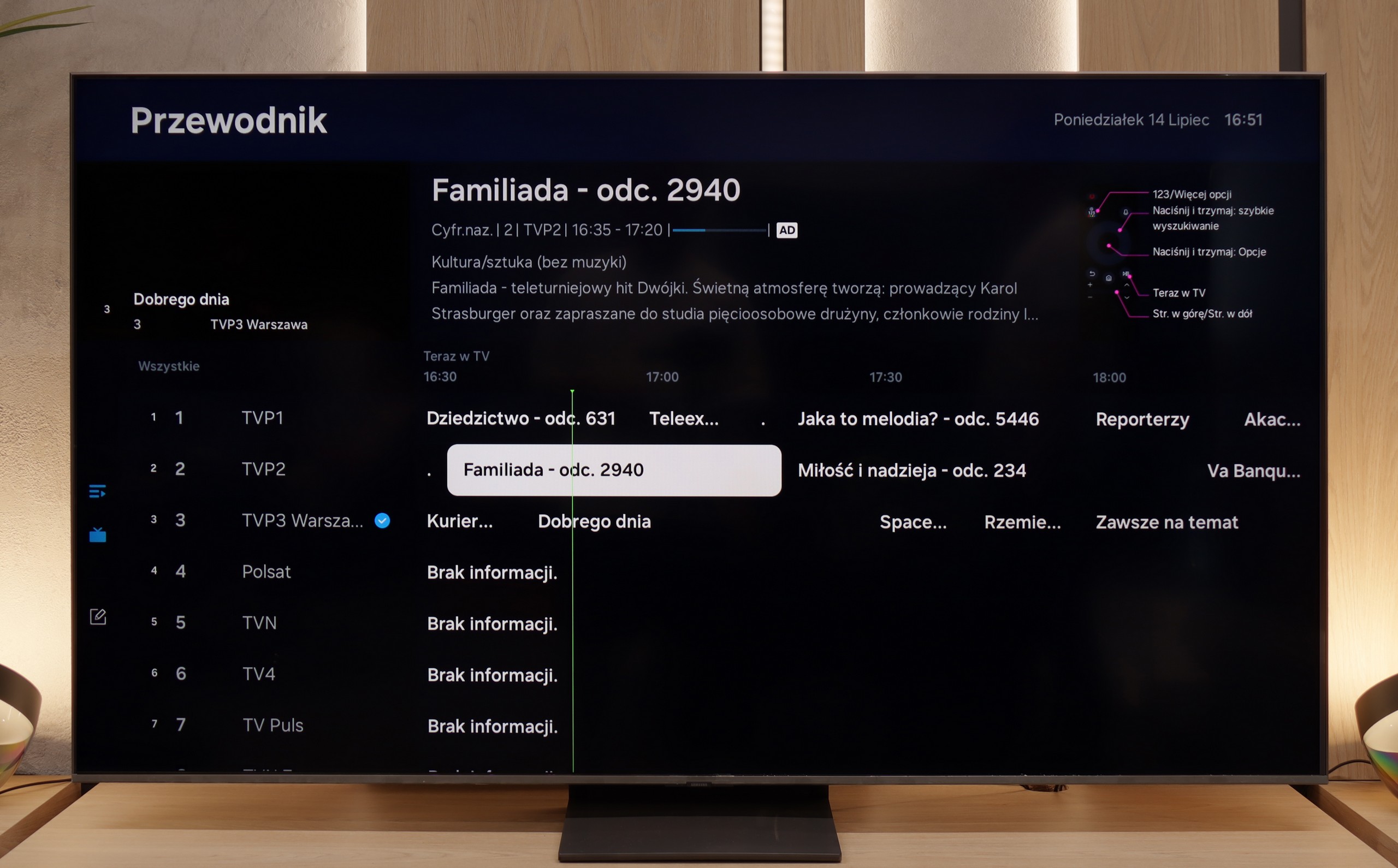
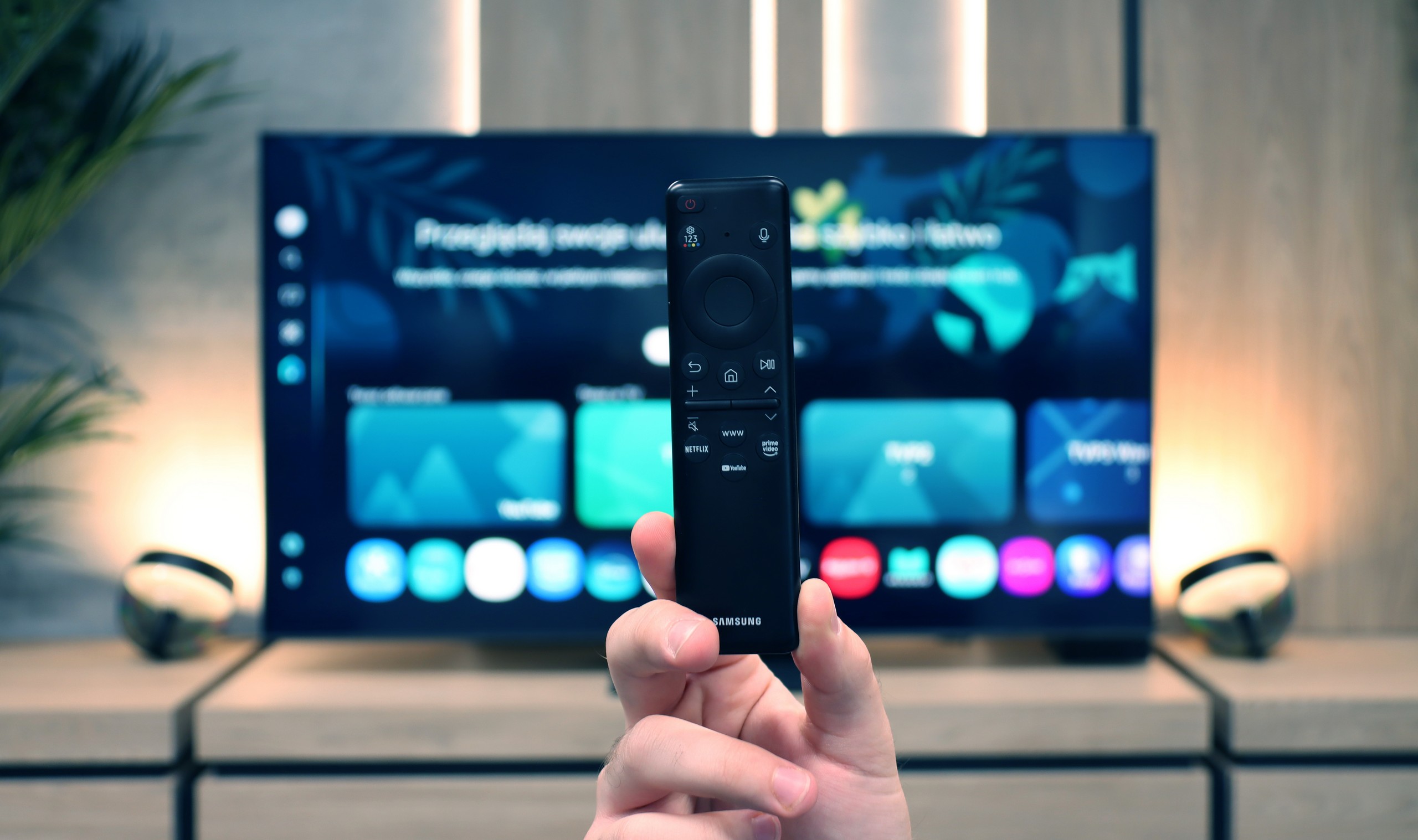
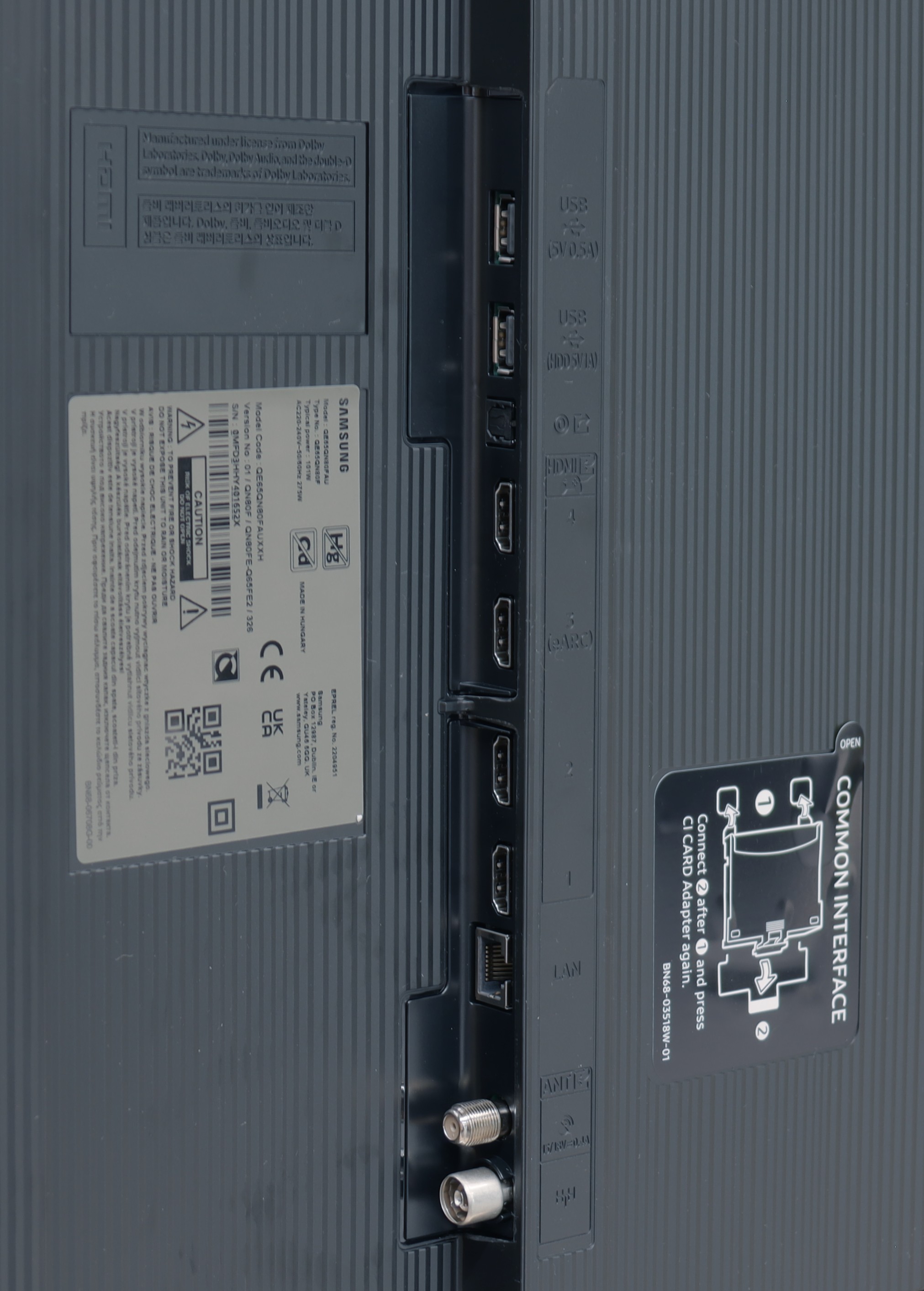
LG B4 uses the well-known proprietary system WebOS. The system offers practically all the most important applications, and those that are lacking can be counted on one hand, such as CDA or KODI.
WebOS also boasts a highly appreciated ability to perform operations using a cursor that appears when the remote control is moved. The convenience of such a feature is invaluable when entering queries or passwords for portals. WebOS, like most systems, also supports functions such as screen mirroring, AirPlay, voice search in Polish, and the capability to connect headphones via Bluetooth. On a more practical note, WebOS allows us to use both headphones and the television speaker simultaneously, which will certainly be a great help for those with hearing impairments. Among the more interesting features, particularly appreciated by sports fans, is the option to enable an alert for upcoming matches, ensuring that we never miss a broadcast. The home panel also deserves praise for allowing control of all smart devices connected to the home network. For example, the end of a washing cycle will be signalled by a notification in the top right corner.
In summary, the WebOS system, despite being less known and having certain limitations compared to Android TV, offers stable and fast operation and supports most functions that users may need. It is a solid solution for those looking for a simple and effective operating system in a television.
SmartTV QN80F: Tizen
In terms of smart features, the QN80F has nothing to be ashamed of. On the contrary – Tizen is one of the richest operating systems when it comes to functionality. We have voice search, support for AirPlay, Miracast, and all the major streaming platforms at our fingertips. But Samsung's true advantage reveals itself in the smart home – SmartThings. Here you can not only synchronise light bulbs and vacuum robots but also integrate devices from other manufacturers, thanks to support for the Matter standard. And suddenly it turns out that the QN80F can serve as a home command centre. There is just one "but" – Tizen is a closed system, so we may not find a few lesser-known applications. Although in practice it has everything that 99% of users need.
Classic TV features:
When it comes to classic features, it is just as good – well, almost. The QN80F supports picture-in-picture, which is a rarely seen but still useful PiP function. We can easily find the EPG, good old teletext (yes, it works!), and the ability to connect external devices via Bluetooth – whether it's headphones or a soundbar. Unfortunately, there is a lack of the option to record to USB from the built-in tuners. This is a minor setback, especially since the competition at a similar price increasingly offers this feature. It may not be a must-have function, but since everything else works so well, it's a pity that this feature is missing a dot over the i.
Playing files from USB
8.5/10
8.4/10
Supported photo formats:
Maximum photo resolution:

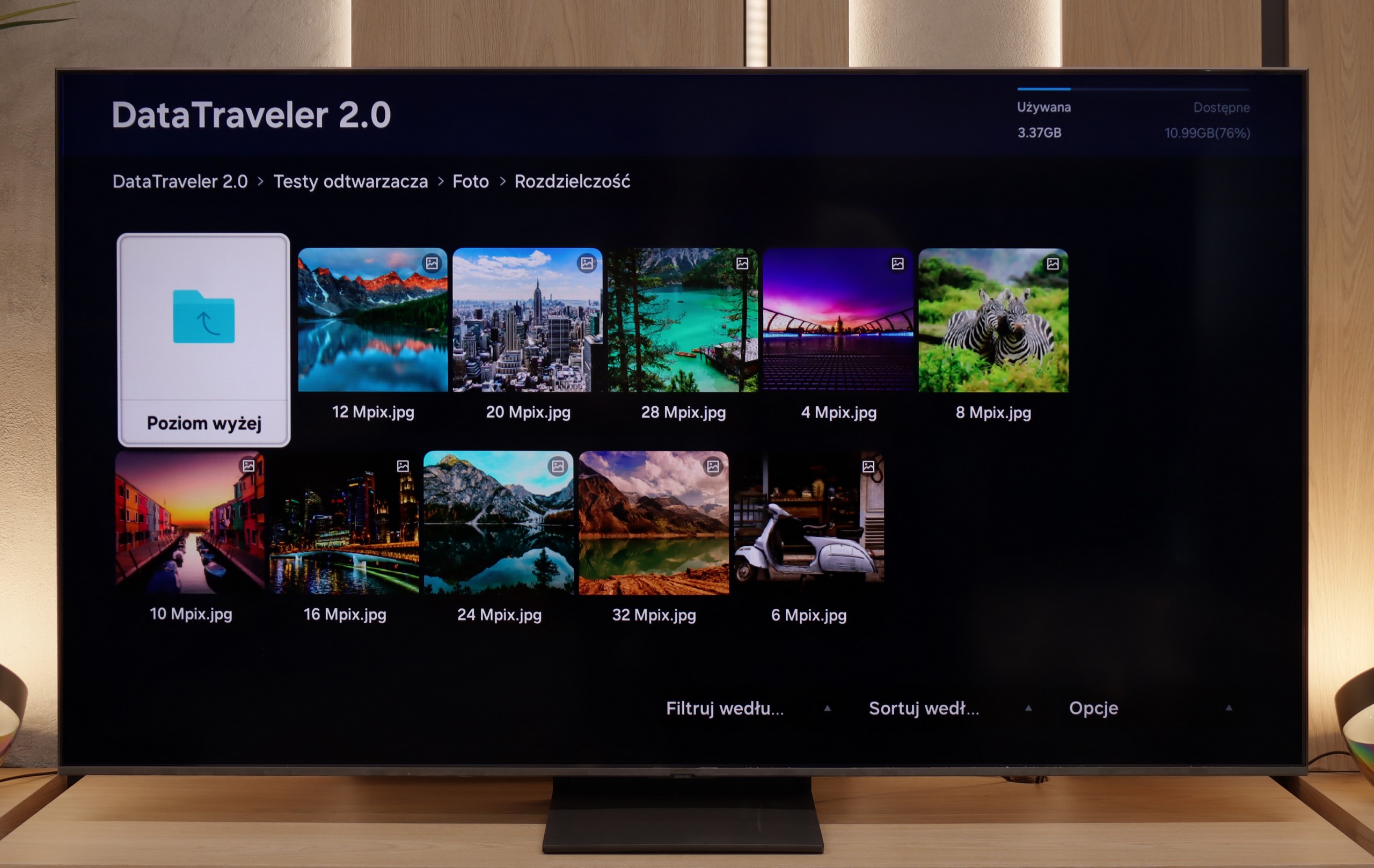
The default file player in LG B4 definitely handles most images well, although the absence of a few equally popular formats is surprising. We can successfully play videos recorded in virtually all the most popular formats, including Dolby Vision. The only codec that LG B4 will not play is H.266 VVC, although this is currently rather unused. However, it is worth noting the supported image formats, of which there are only two: JPEG and PNG. Users of Apple devices may feel disappointed by the lack of support for the HEIC format, which is the default format when taking photos. The remedy for this is to use the built-in AirPlay feature. We will also mention the lack of support for TXT subtitles.
The built-in media player in the QN80F handles most popular video formats – from classic MP4 to slightly more demanding containers. It may not be a powerhouse like VLC, but it's perfectly adequate for home use. The situation is less impressive with photographs – here, unfortunately, it's rather modest. Support is mainly limited to the JPG format, but hey, at least that's the most important one 👌. During our tests, there was also a slight issue with subtitles. The QN80F could only handle the simple text format .txt – other, more advanced formats (like .srt or .sub) were unfortunately not recognised.
Apps
8.7/10
8.7/10














































Sound
7.1/10
6.7/10
- Subjective sound quality:7.1/106.7/10
- Dolby Digital Plus 7.1:
- Dolby True HD 7.1:
- Dolby Atmos in Dolby Digital Plus (JOC):
- Dolby Atmos in Dolby True HD:
- DTS:X in DTS-HD MA:
- DTS-HD Master Audio:
The audio system built into the LG OLED B4 can be considered quite good. We can say that it performs well for its price range. The bass is quite noticeable, but does not overpower the other frequencies. It can be said that the sound is fairly well balanced. We believe that those opting for this class of display are, or will be, in possession of an appropriate audio system. Therefore, the presence of DTS-HD Master Audio and Dolby Atmos codecs is not insignificant.
For a television of this class, the QN80F sounds surprisingly good. It supports the Dolby Atmos format, which is worth noting, as this is still not a given in many models in this range. Unlike the thinner QN70F, here you can even feel a slight bass – all thanks to the thicker casing, which simply provides more space for the sound to "breathe." It's perfectly adequate for everyday viewing and series, and with the right settings, one can even be tempted to listen to music without the need for external equipment. However – as is often the case with Samsung, there is unfortunately a lack of support for the DTS:X format, so if we are using audio devices that support this format, we will first need to connect them to the amplifier and only then to the television.


